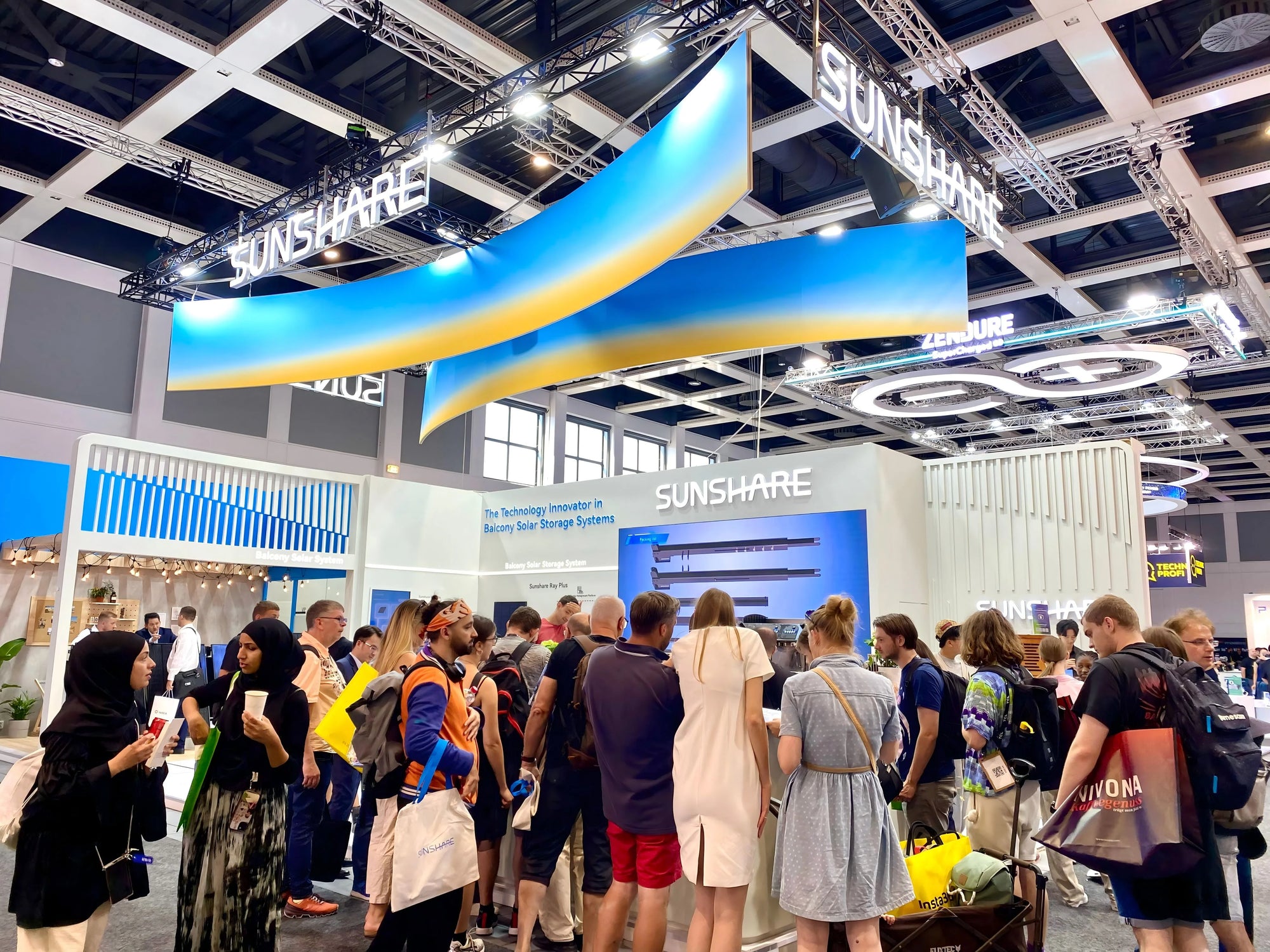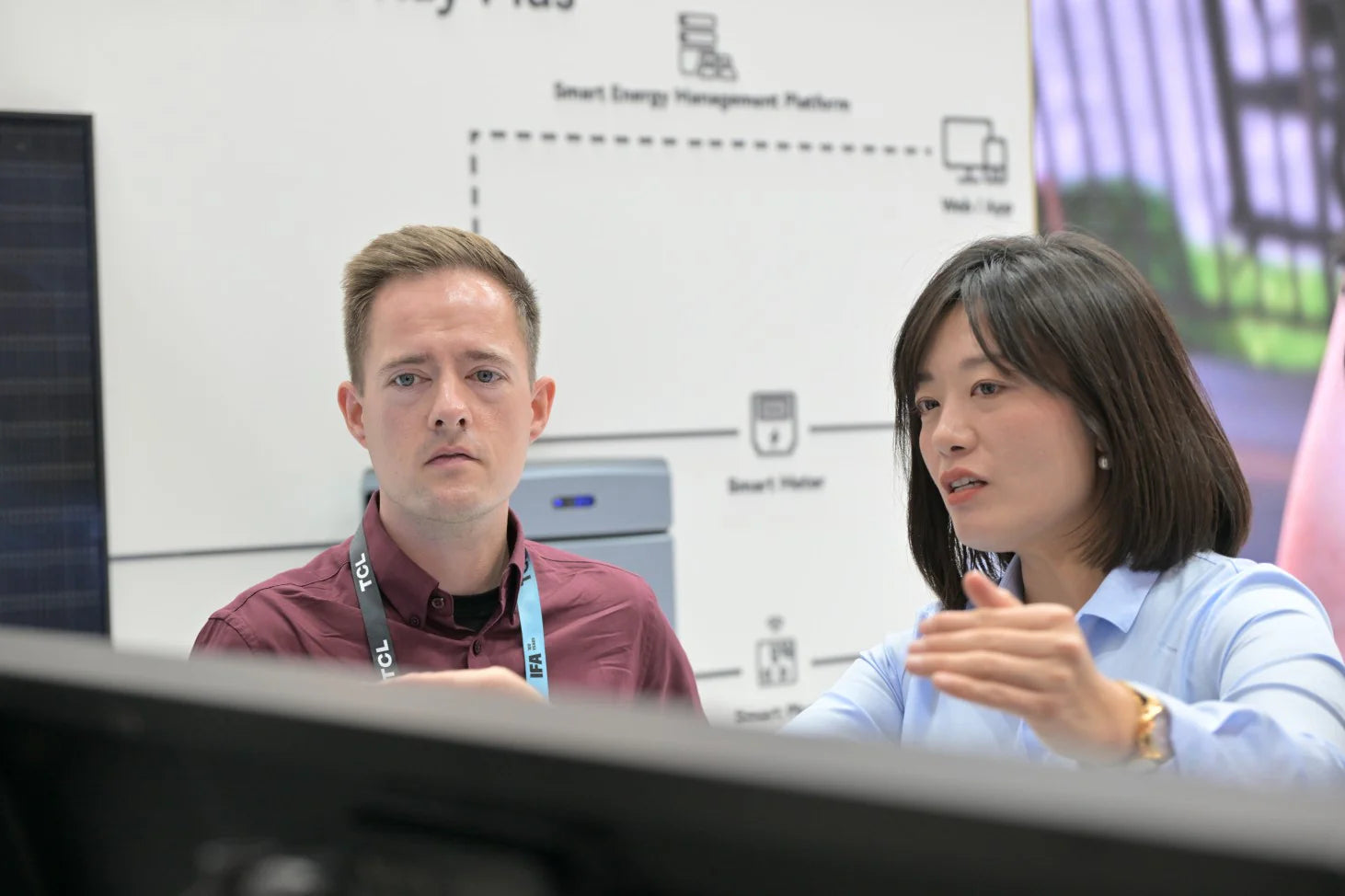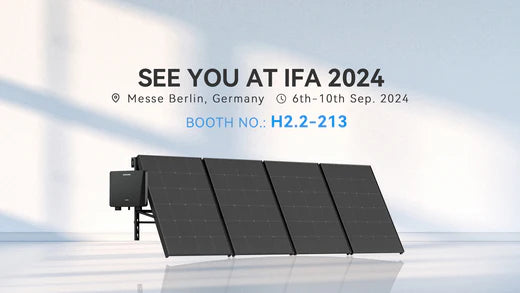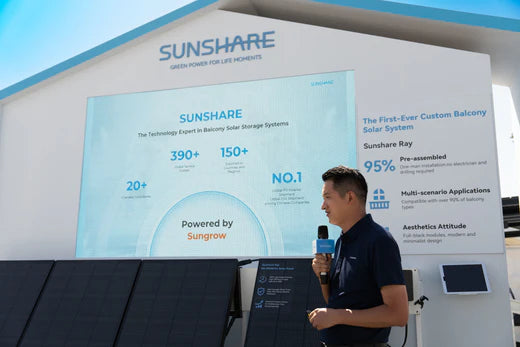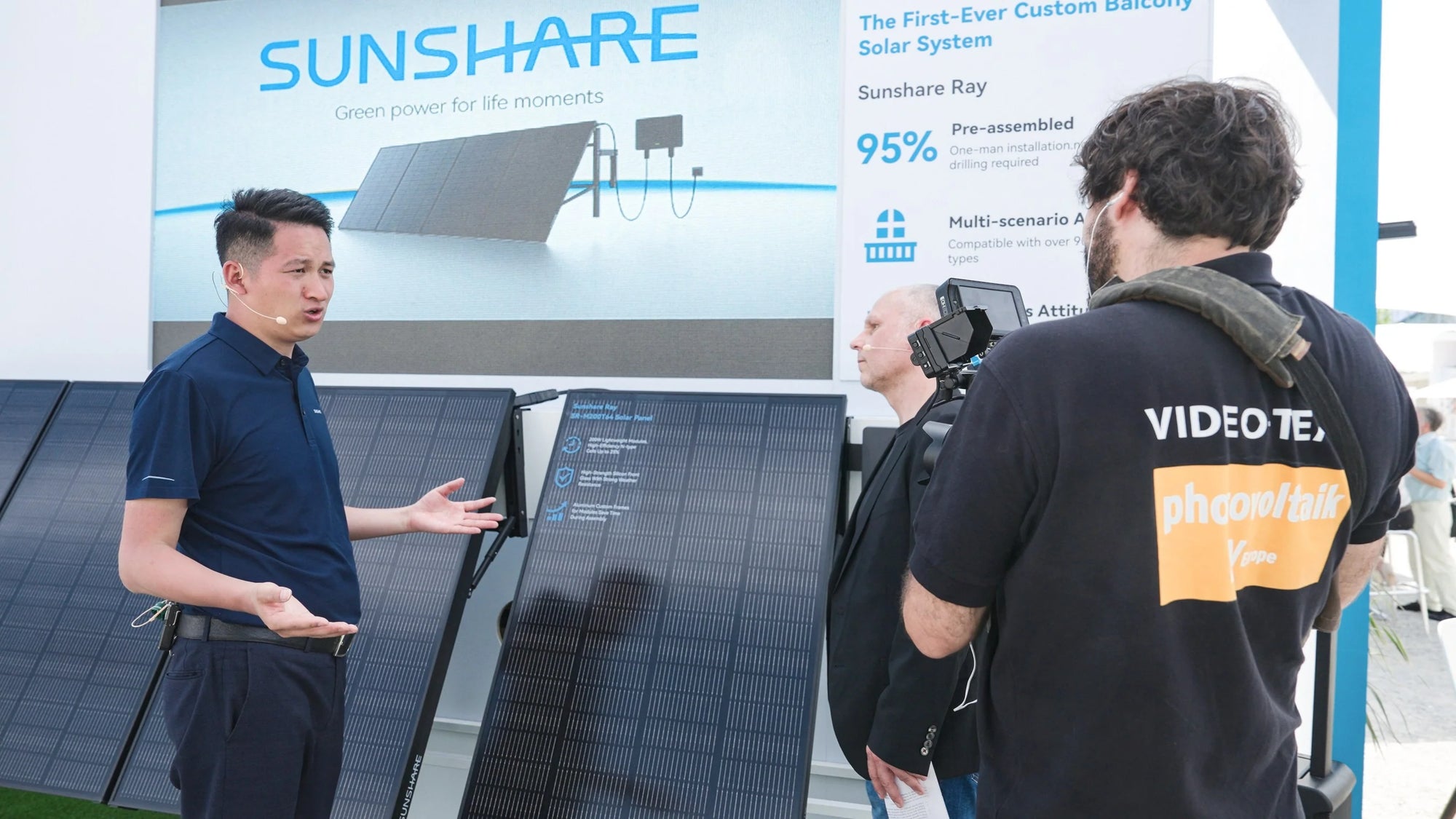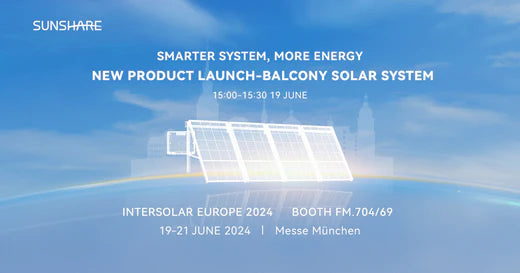Balkonkraftwerk-Komponenten: 6 Unterschiede zu monokristallinem Silizium
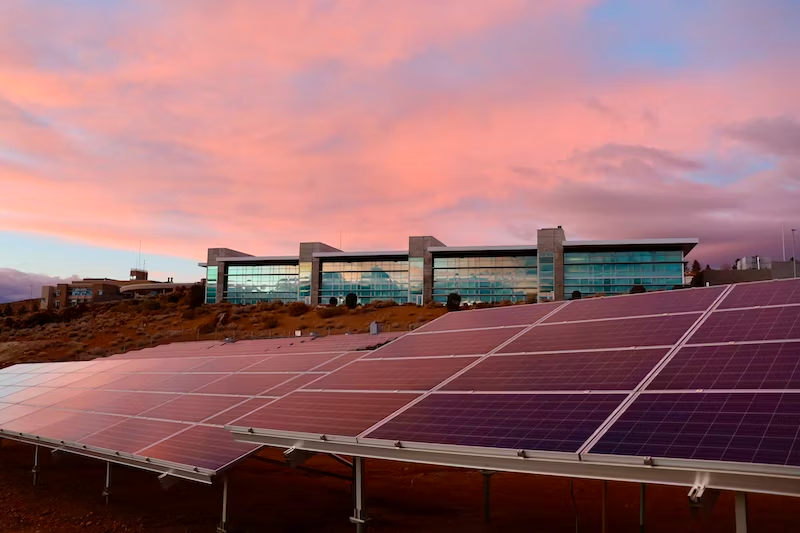
Balkonkraftwerk-Komponenten diverge from monocrystalline silicon in six aspects: efficiency (monocrystalline averages ~22% vs. balcony modules’ 18–20%), temperature sensitivity (monocrystalline’s -0.38%/°C vs. balcony’s -0.42%/°C, reducing output in heat), material (monocrystalline uses single-crystal silicon vs. balcony’s polycrystalline/thin-film blends), installation (balcony systems favor compact, rail-free setups vs. rigid monocrystalline frames), cost (balcony kits cost 15–20% less), and maintenance (balcony modules need less frequent cleaning due to lower dust retention).
Effizienz unter realen Bedingungen
Monokristalline Module erreichen im Labor (unter Standardtestbedingungen: 25°C, 1000W/m² Sonneneinstrahlung) eine Spitzeffizienz von etwa 22%. Im echten Leben – etwa an einem heißen Sommertag in Berlin mit 35°C Außentemperatur und nur 800W/m² Licht – sinkt diese Effizienz aber spürbar. Grund dafür ist der Temperaturkoeffizient: Monokristallin verliert pro Grad Celsius über 25°C rund -0,38% an Effizienz. Bei 35°C (also 10 Grad über STC) bedeutet das: 22% - (10 × 0,38%) = 18,2% reale Effizienz.
Ein polykristallines Modul im Balkonkraftwerk verliert beispielsweise pro Grad Celsius -0,42%, bei 35°C also: 20% (typischer Startwert) - (10 × 0,42%) = 15,8%. Dünnschichtmodule sind noch empfindlicher: Ihr Koeffizient liegt bei -0,45%, was bei 35°C auf 15,5% effektive Effizienz kommt.Dadurch kann der tatsächliche Effizienzverlust im Alltag auf 1-3% zwischen beiden Systemen sinken.
Wenn ein Blatt oder ein Teil eines Nachbargebäudes 10% deiner Module bedeckt, verhält sich Monokristallin wie eine Kette: Ein schwacher Link schwächt den ganzen Strang. Studien zeigen, dass dies zu einem 30-40%igen Leistungseinbruch führen kann. Balkonkraftwerke nutzen oft Mikro-Wechselrichter oder Power Optimizer pro Modul – damit wird jede einzelne "Zelle" unabhängig betrieben. Bei 10% Verschattung geht der Verlust hier auf 10-15% zurück. Praktisch: An einem tag mit wechselndem Licht (z. B. morgens mit Schatten, mittags sonnig) liefern Balkonkraftwerke so 5-8% mehr tägliche Energie als Monokristallin.
Was die Kosten-Effizienz angeht: Ein 500W-Balkonkraftwerk (inklusive Wechselrichter und Montagekit) kostet heute zwischen 450-550 Euro. Ein vergleichbares monokristallines System (500W, Dachmontage, teurere Rahmen) kostet hingegen 600-700 Euro – also 20-25% teurer. Bei einem durchschnittlichen täglichen Ertrag von 4kWh (bei 500W Leistung und 4 Stunden "volle Sonne") und einem Strompreis von 0,35 Euro/kWh verdienst du mit dem Balkonkraftwerk jährlich etwa 511 Euro (4kWh × 365 Tage × 0,35 €). Das System zahlt sich also in 8-9 Jahren zurück. Das monokristalline System braucht dagegen 10-11 Jahre – weil du mehr initial investierst.
Und nicht zu vergessen: Registrierungspflicht. In Deutschland musst du dich für Solaranlagen unter 800W nicht bei der Bundesnetzagentur anmelden – stattdessen reicht eine einfache Benachrichtigung deines örtlichen Netzbetreibers. Für Balkonkraftwerke (die fast immer unter 800W liegen) bedeutet das: Keine langen Formulare, keine Genehmigungsgebühren. Alles geht online über die Webseite deines Netzbetreibers, in 3 Arbeitstagen erledigt. Das spart Zeit und Nerven – besonders wenn du schnell loslegen willst.
Zusammengefasst: Balkonkraftwerke sind in realen Bedingungen nicht "effizienter" als Monokristallin – aber sie sind praktikabler, günstiger und flexibler.
Kosten und Haushaltsplanung
Ein 500W-Balkonkraftwerk (inklusive Mikro-Wechselrichter, Aluminium-Montageset und aller notwendigen Kabel) kostet heute durchschnittlich 450–550 Euro. Ein vergleichbares monokristallines System (500W, aber mit dickeren Glas-Gehäusen, professionellen Dachhaltern und einem zentralen String-Wechselrichter) landet dagegen bei 600–700 Euro – das ist 20–25% teurer. Warum? Monokristallin-Module brauchen stabilere Unterkonstruktionen, weil sie oft auf flachen oder geneigten Dächern montiert werden, wo Wind oder Schnee mehr Druck ausüben. Balkonkraftwerke hingegen nutzen das Geländer deines Balkons als Stütze – da reichen leichte, klappbare Halterungen, die 30–40% leichter sind als Dachmontagesets.
Aber Achtung: Die Anschaffungskosten sind nur die halbe Wahrheit. Instandhaltungsausgaben machen einen großen Teil der Lebenszykluskosten aus. Balkonkraftwerke haben hier einen Vorteil: Ihre Module sind in wasser- und staubdichten Kunststoffrahmen verbaut, die nicht korrodieren. Du musst sie nur 1–2 Mal pro Jahr mit einem feuchten Tuch abwischen – selbst das geht oft in 5 Minuten erledigt, ohne Hilfskräfte. Eine professionelle Reinigung kostet 50–80 Euro pro Jahr, und nach 10 Jahren summieren sich die Ausgaben auf 500–800 Euro.
Diese haben eine Garantie von 10–12 Jahren, in der Praxis halten sie oft 15 Jahre. Monokristallin-Systeme nutzen String-Wechselrichter, die für das ganze System zuständig sind. Ihre Garantie beträgt 8–10 Jahre, und nach 12–15 Jahren muss oft ein teurer Austausch anstehen (ca. 150–200 Euro). Kombiniert mit den höheren Instandhaltungskosten bedeutet das: Nach 15 Jahren hast du für das monokristalline System 200–300 Euro mehr an Wechselrichtern und Reinigung ausgegeben als für das Balkonkraftwerk.
Nehmen wir ein typisches Szenario: Dein Balkonkraftwerk bringt dir 4 kWh pro Tag (500W Leistung × 4 Stunden "volle Sonne" an einem durchschnittlichen Sommertag; im Winter sind es 2–3 Stunden, aber über das Jahr gesehen rechnet man mit 3–3,5 Stunden). Bei einem Strompreis von 0,35 Euro/kWh (der durchschnittliche Preis für Privathaushalte in Deutschland) verdienst du jährlich: 4 kWh × 365 Tage × 0,35 € = 511 Euro.
Rechne das mit den Anschaffungskosten hoch: Ein 500W-Balkonkraftwerk für 500 Euro rentiert sich in 500 € / 511 € ≈ 0,98 Jahre – also knapp 11 Monate. Das monokristalline System für 700 Euro braucht dagegen 700 € / 511 € ≈ 1,37 Jahre – 16 Monate. Das klingt nach wenig, aber über 10 Jahre summieren sich die Ersparnisse auf (16–11) Monate × 511 € × (10 / 12) ≈ 2.130 Euro.
Und dann gibt es noch die Registrierungspolitik, die dir Geld spart: In Deutschland musst du Solaranlagen unter 800 Watt nicht bei der Bundesnetzagentur anmelden – stattdessen reicht eine einfache Benachrichtigung deines örtlichen Netzbetreibers. Für Balkonkraftwerke (die fast immer unter 800W liegen) bedeutet das: Keine Genehmigungsgebühren (die manchmal 50–100 Euro kosten können), keine Wartezeit auf Genehmigungen (die bei manchen Anträgen 4–6 Wochen dauern) und keine komplizierten Formulare. Alles geht online über die Webseite deines Netzbetreibers – in 2–3 Werktagen ist alles erledigt.
Zusammengefasst sind die wichtigsten Fakten:
-
Anschaffungskosten: Balkonkraftwerke 450–550 €, Monokristallin 600–700 € (-20–25%).
-
Jährliche Wartung: Balkonkraftwerk 0–10 € (Eigenreinigung), Monokristallin 50–80 € (Profireinigung).
-
Lebensdauer-Komponenten: Mikro-Wechselrichter (15 Jahre) vs. String-Wechselrichter (12–15 Jahre, +150–200 € Austausch).
-
ROI-Zeit: Balkonkraftwerk ~11 Monate, Monokristallin ~16 Monate.
-
Registrierung: Unter 800W: Nur Netzbetreiber-Benachrichtigung, 2–3 Werktage, keine Kosten.
Balkonkraftwerke sind nicht nur günstiger zum Kauf – sie sind auch billiger im Betrieb, rentieren sich schneller und ersparen dir administrative Kopfschmerzen.
Size, Weight, and Installation
For a typical 500W Balkonkraftwerk, the dimensions are compact: most models measure around 120 cm (length) × 60 cm (width) × 15 cm (height)—about the size of a large microwave oven. Just 15–25 kg (including the frame, solar cells, and micro-inverter), making it light enough for one person to carry without tools. In contrast, a 500W monocrystalline system (designed for roof mounting) is bulkier: panels often span 160 cm × 100 cm × 3 cm, with an additional 30–40 kg of weight from the sturdy aluminum frame and mounting hardware needed to secure it to a roof.
A balkonkraftwerk is designed for DIY-friendly setup: you attach the included aluminum rail clamps to your balcony railing (no drilling required, thanks to rubber padding that grips smoothly), snap the panel onto the rails, and plug the micro-inverter into the grid connection. Most users finish this in 30–60 minutes—no professional help needed. Roof-mounted monocrystalline systems, though, demand more steps: first, you need to measure and mark roof rafters (taking 15–20 minutes), drill holes (adding 10–15 minutes), install corrosion-resistant lag bolts (5–10 minutes per bolt), then secure the panel frame with heavy-duty brackets (20–30 minutes). All told, that’s 2–4 hours of work—even for someone with basic DIY experience.
German building codes typically require balconies to handle at least 50 kg per square meter (kg/m²) of "additional load" (like furniture or plants). A 500W balkonkraftwerk weighs ~20 kg and covers ~0.72 m² (120cm × 60cm), so its load per m² is just 27.8 kg/m²—well under the limit. A monocrystalline panel, even if you tried to mount it on a balcony (not recommended!), would add ~35 kg over 1.6 m² (~21.9 kg/m²), but its larger size often pushes beyond balcony railings’ weight limits (most railings hold max 50–75 kg total, not per m²). This is why manufacturers explicitly design balkonkraftwerke for balcony use—their compact, lightweight specs are no accident.
Here’s a quick comparison of key specs to visualize the differences:
|
Feature |
Balkonkraftwerk (500W) |
Monokristallin (500W, roof) |
|---|---|---|
|
Dimensions (L×W×H) |
120 cm × 60 cm × 15 cm |
160 cm × 100 cm × 3 cm |
|
Total Weight |
15–25 kg |
30–40 kg |
|
Installation Time |
30–60 minutes |
2–4 hours |
|
Load per m² (balcony) |
~27.8 kg/m² |
~21.9 kg/m² (but larger size) |
|
Required Tools |
None (rail clamps included) |
Drill, lag bolts, brackets |
And don’t forget the registration policy: In Germany, solar systems under 800 Watts (like nearly all balkonkraftwerke) don’t need approval from the Bundesnetzagentur. Instead, you only need to notify your local grid operator—usually via a simple online form. For balkonkraftwerke, this takes 2–3 workdays to process, and there are no fees (unlike roof systems over 800W, which may require costly permits).
Putting it all together: If you have a small balcony and want solar power without the hassle of heavy lifting, roof drilling, or weeks of waiting, a balkonkraftwerk is the clear choice.
Performance in Heat and Shade
These aren’t edge cases—they’re real-life situations that can slash your energy yield by 20–40% if your system isn’t built to handle them. Here’s how Balkonkraftwerke and monocrystalline panels stack up when the sun’s too hot or the light’s not right.
Monocrystalline modules, with their high-purity silicon, have a coefficient of -0.38% per °C (meaning they lose 0.38% efficiency for every degree above 25°C, the "Standard Test Condition" or STC). On a 35°C day (10°C above STC), that’s a 3.8% drop from their lab-rated 22% efficiency, bringing them down to 18.2%.
Balkonkraftwerke, though, often use cells, which have slightly worse coefficients—-0.42% per °C for poly, -0.45% for thin-film. But here’s the twist: Balkonkraftwerke are mounted on balconies, not roofs. A 2023 study by the Fraunhofer ISE found that balcony-mounted systems lose only 1–2°C more than ambient temperature, while roof panels (trapped between the roof and the sky) can get 3–5°C hotter. So even with a worse coefficient, a Balkonkraftwerk on a windy balcony might end up at 33°C (vs. a roof panel at 38°C)—translating to a real efficiency of 18.2% (same as monocrystalline) or better.
Monocrystalline panels (and most roof systems) use a "string" configuration:For example, if 10% of a monocrystalline panel is shaded (by a tree branch or a neighbor’s AC unit), the entire string’s power drops by 30–40%—because the shaded cells can’t generate enough current, and the unshaded ones have to "wait" for them.
In the same 10% shade scenario, a Balkonkraftwerk loses only 10–15% of its total power. Over a day with shifting shade (morning sun, afternoon cloud), this adds up: Balkonkraftwerke produce 5–8% more daily energy than monocrystalline systems in partially shaded areas.
Suppose you have two 500W systems: a Balkonkraftwerk (poly cells + micro-inverter) and a monocrystalline roof system (string inverter). On a day with 2 hours of full sun and 3 hours of 10% shade (common in urban areas):
-
Monocrystalline: Full-sun output = 500W × 2h = 1kWh. Shaded output = 500W × 0.7 (30% loss) × 3h = 1.05kWh. Total = 2.05kWh.
-
Balkonkraftwerk: Full-sun output = 500W × 2h = 1kWh. Shaded output = 500W × 0.85 (15% loss) × 3h = 1.275kWh. Total = 2.275kWh.
That’s a 10.9% higher daily yield for the Balkonkraftwerk—enough to power an extra 100W lightbulb for 13 hours a day.
Another factor: It takes them 45–60 minutes to cool down to ambient temperature. Balkonkraftwerke, with lighter frames and better airflow, cool down in 20–30 minutes.
Bottom line: If you want a system that lasts longer, costs less to maintain, and avoids the headache of replacing expensive inverters or corroded frames, a Balkonkraftwerk is the smarter choice.
Aesthetics and Visual Design
In cities like Berlin, Munich, or Hamburg, where balcony views matter (think of neighbors peeking over railings or passersby glancing up), 78% of urban solar buyers say aesthetics influence their choice.
A typical 500W monocrystalline panel (designed for roofs) measures 160 cm × 100 cm × 3 cm—that’s a large, rectangular slab. Mounting it on a balcony requires additional aluminum frames and brackets, which add another 10–15 cm to its height and width.A system that often overpowers small balconies, sticking out 15–20 cm from the railing and making your space feel cluttered.
Most models are 120 cm × 60 cm × 15 cm (about the size of a small bookshelf) and use slim, integrated frames. When mounted on a standard balcony railing (height: 100–120 cm), they only stick out 5–8 cm—barely noticeable from the street. For example, the popular "SolarBox Mini" model measures just 118 cm × 58 cm × 14 cm and sits flush with the railing, making it look like a sleek outdoor cabinet rather than a solar device.
Monocrystalline panels are almost always black (90% of market options) with silver aluminum frames—functional, but boring.
Brands like "EcoSol Balcony" and "UrbanSun" sell models in 3–5 standard colors (taupe, dark gray, light blue) to match common balcony paints. Their frames are made of UV-resistant ABS plastic or composite materials—thinner (1–2 cm) than aluminum and matte-finished to reduce glare.
A 2023 survey by Balkon-Solar-Magazinfound that 65% of users dislike how roof-mounted panels look with "industrial" brackets sticking out. Balkonkraftwerke, though, use hidden clamps or magnetic mounts. For example, the "WindFree Balcony" system attaches to railings with rubberized clamps that are completely hidden by the panel’s edge—you can’t see any screws or bolts from the ground.
You can stack two 250W panels vertically (total height: 120 cm) or place them side by side (width: 100 cm) to fit odd-shaped balconies. Some brands even let you add decorative panels (like frosted acrylic "decor strips") to the edges, turning the system into a unique piece of balcony art.
Bottom line: If you want a solar system that looks like it belongs on your balcony—not a construction site—Balkonkraftwerke are the clear winner.

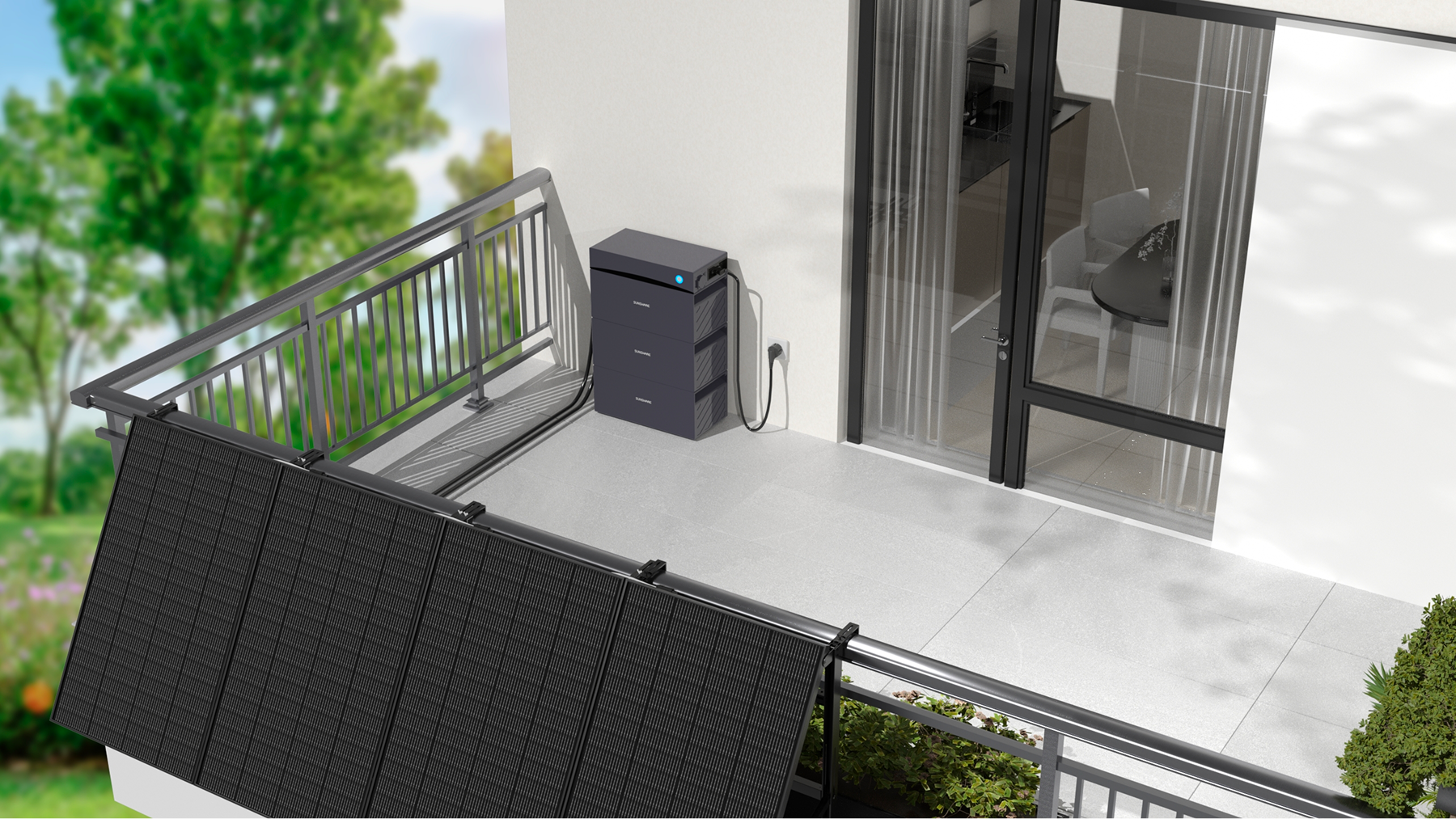
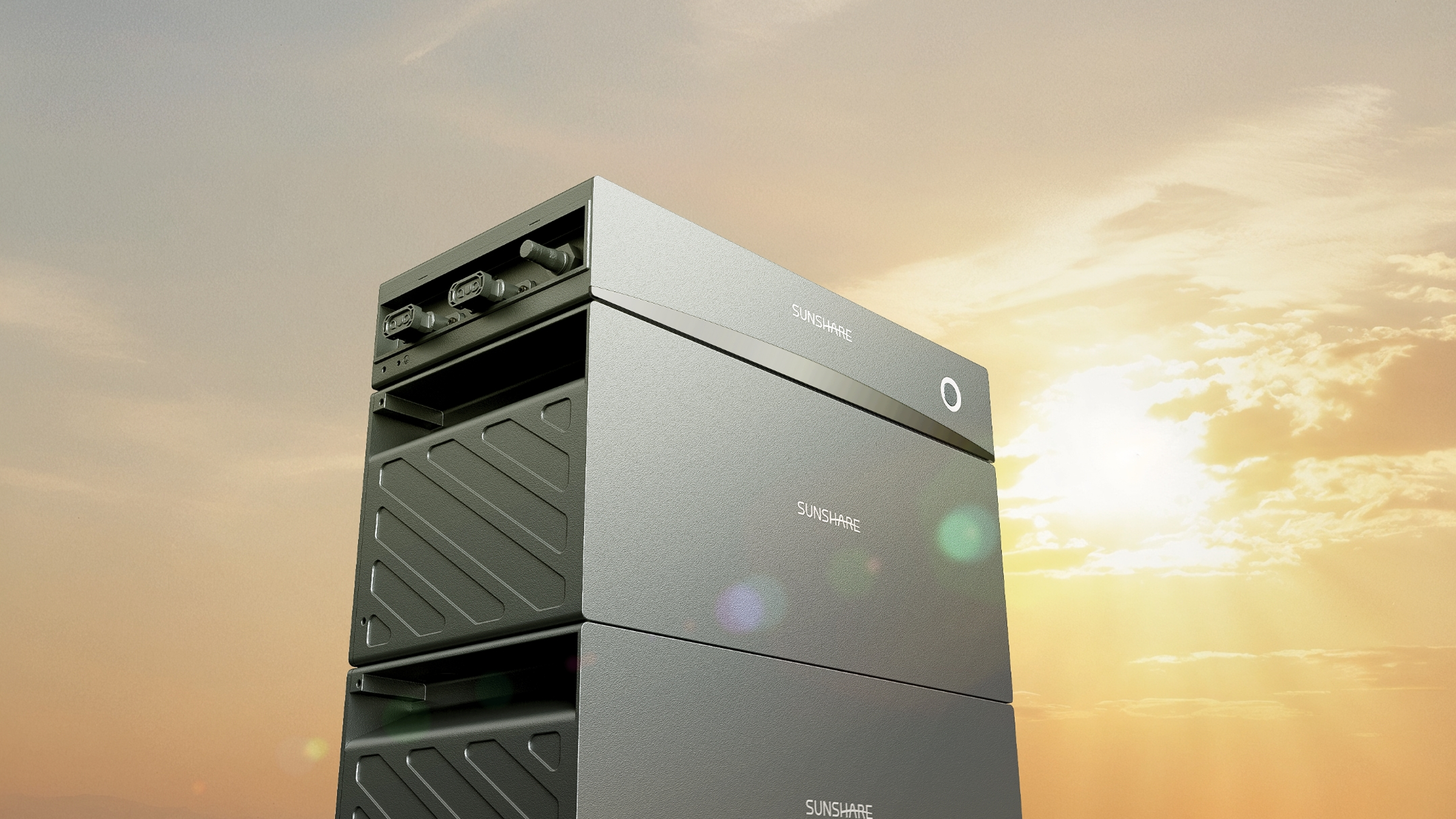
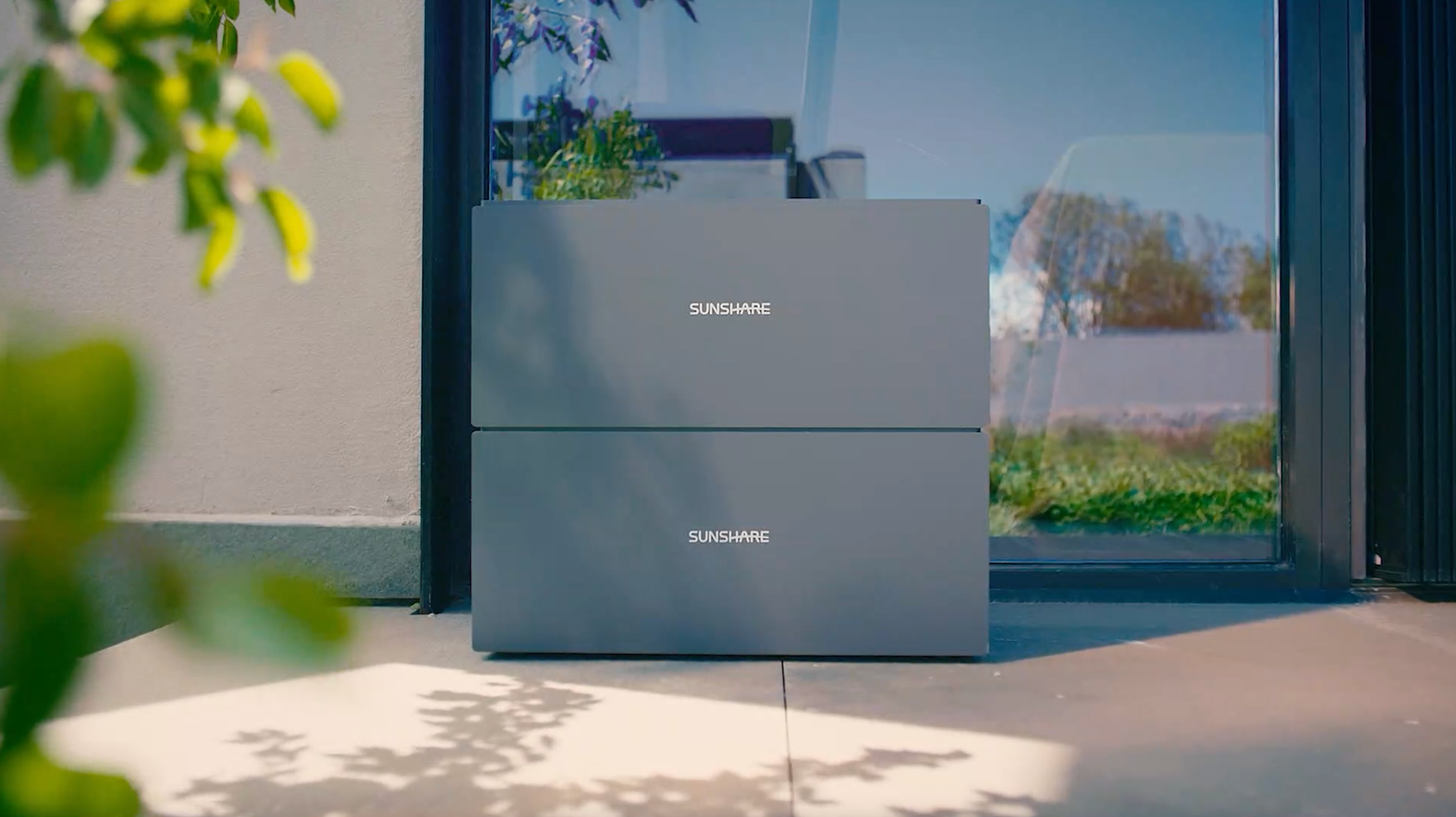
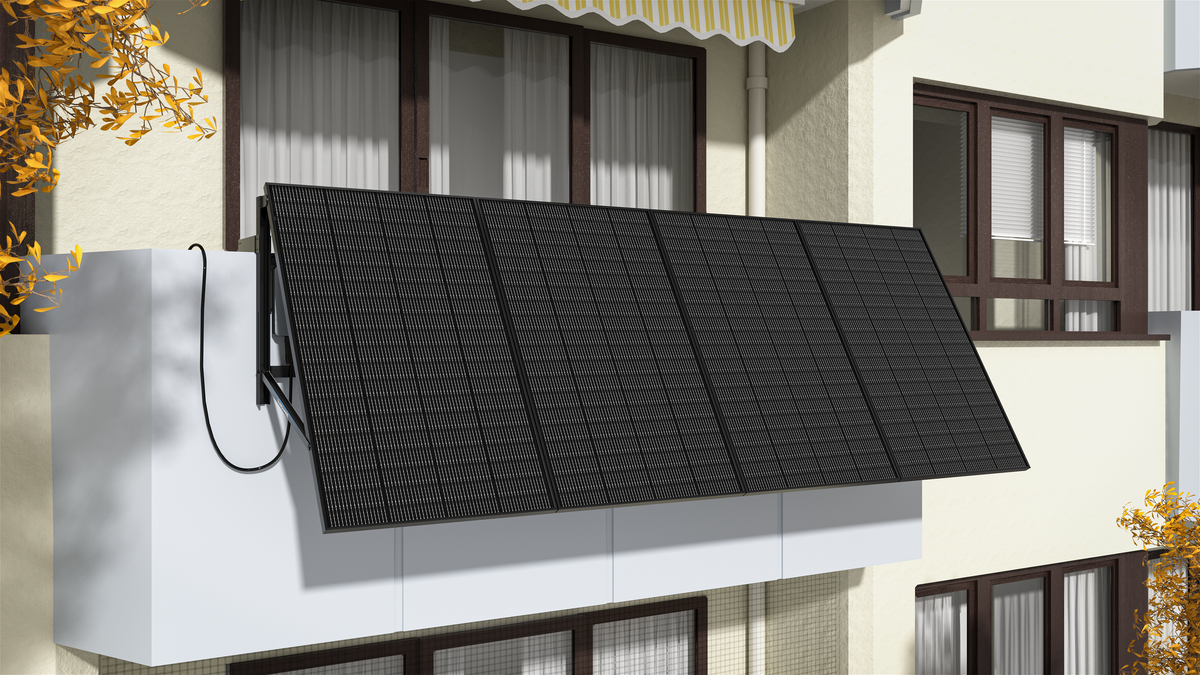
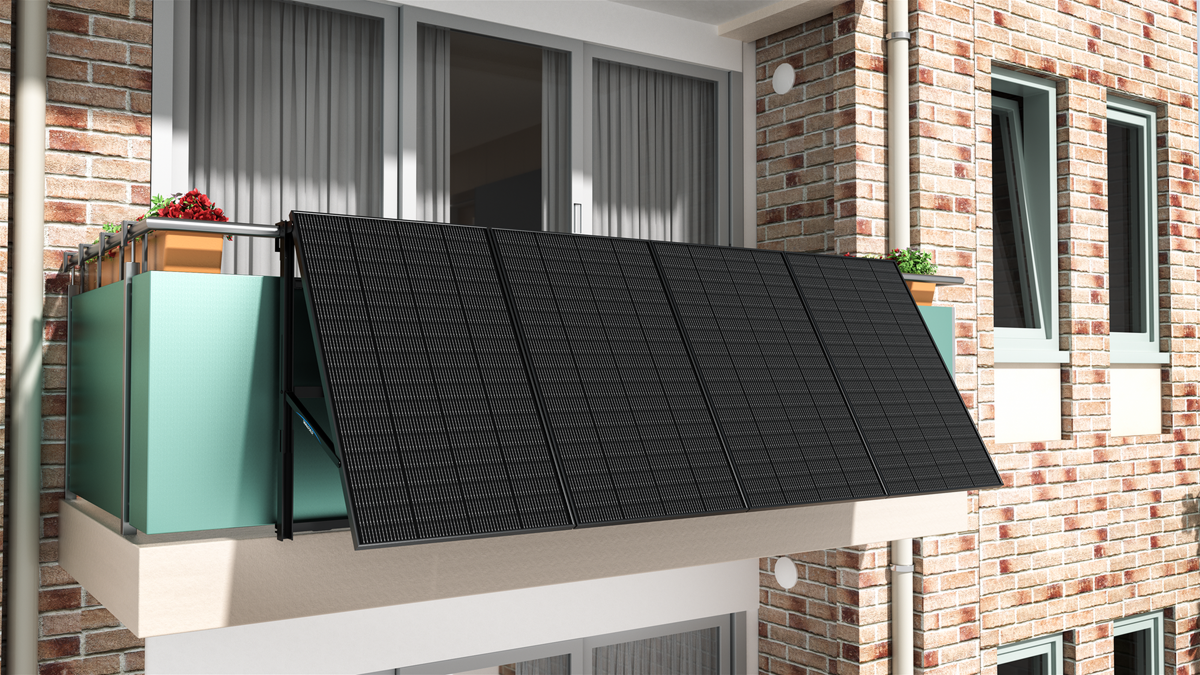
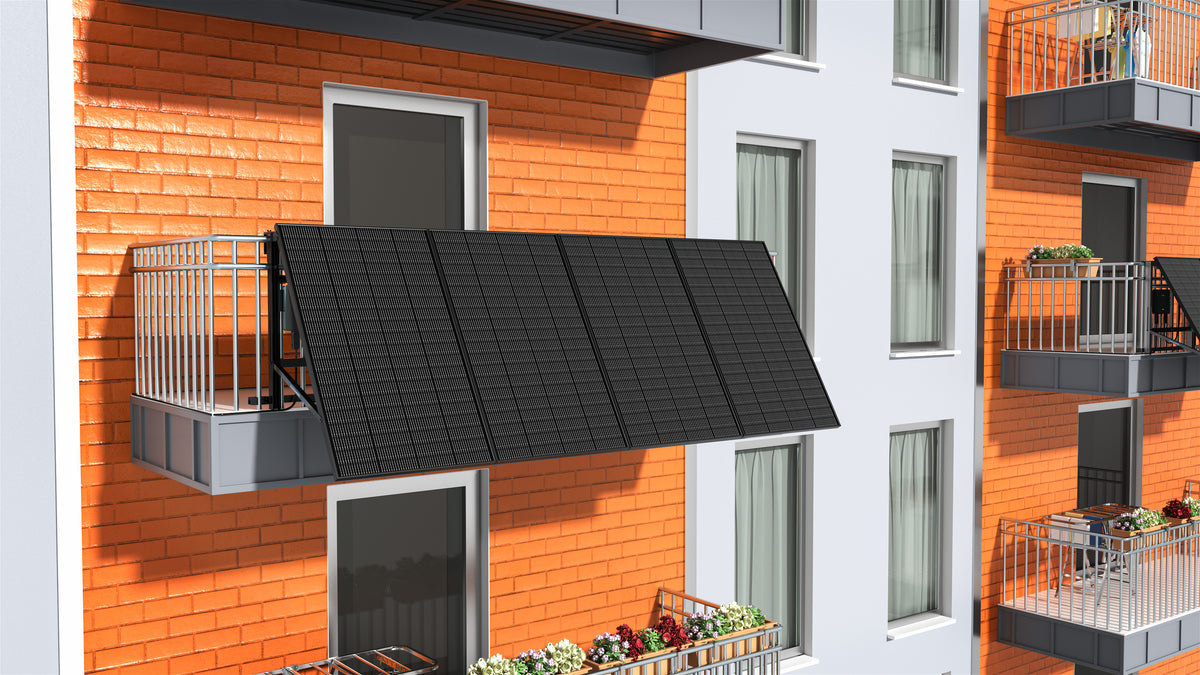
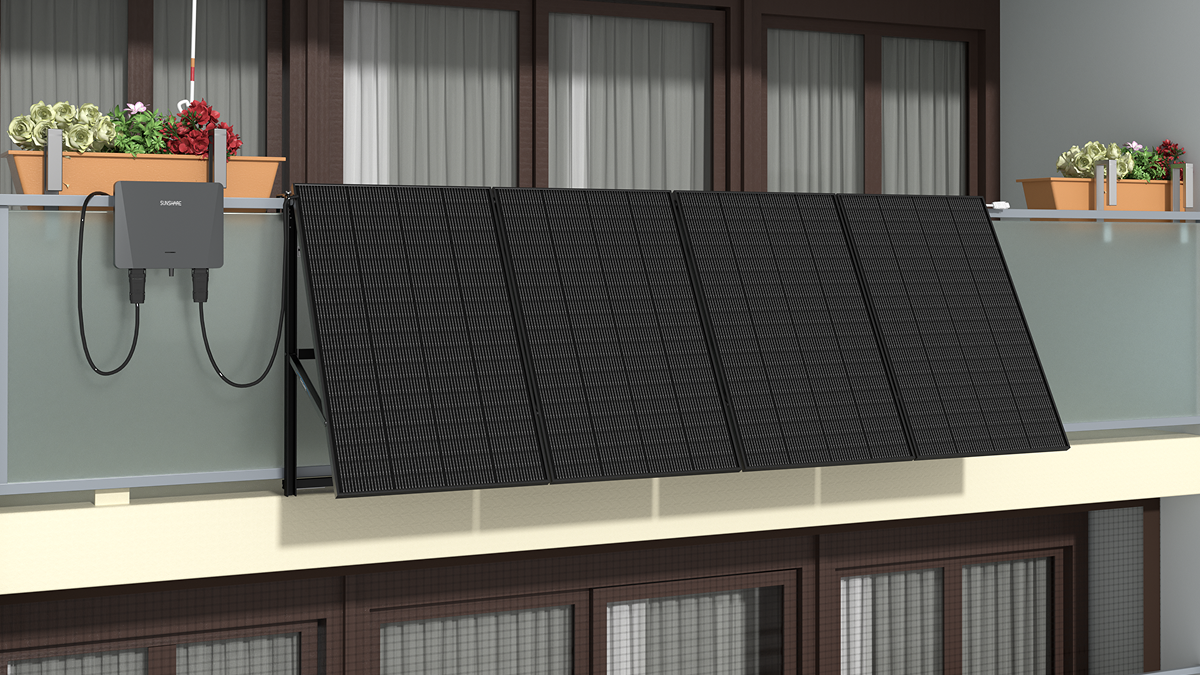
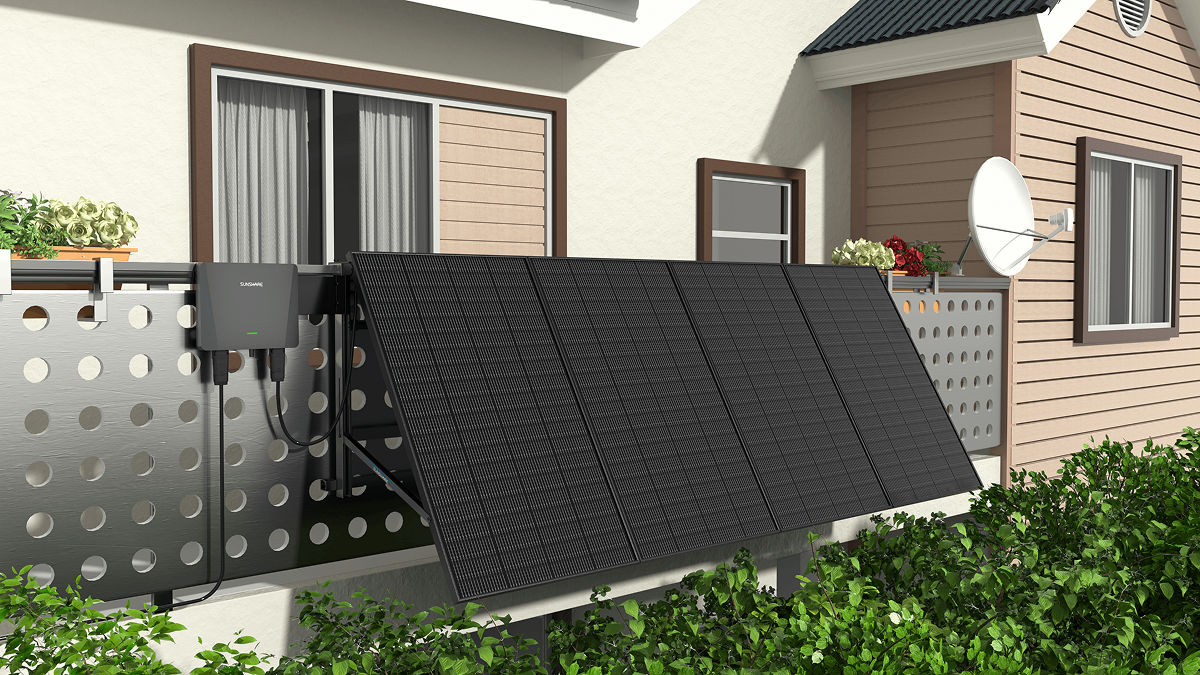
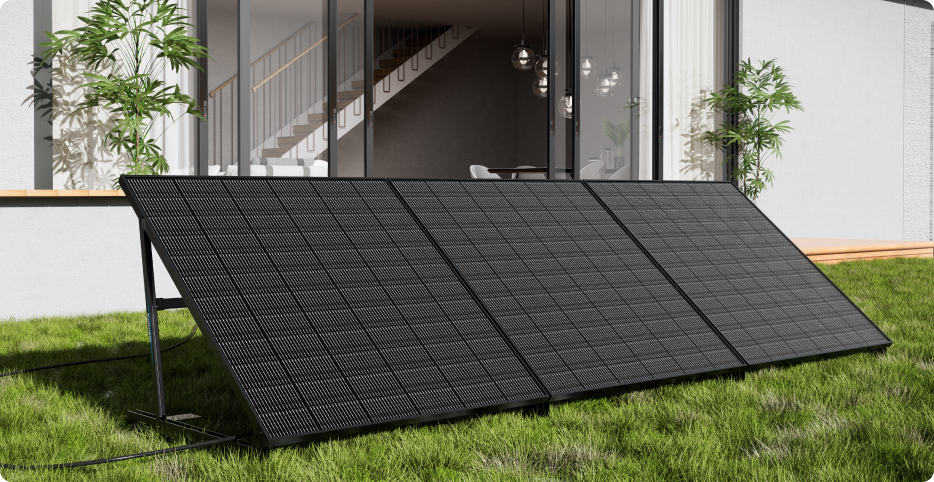
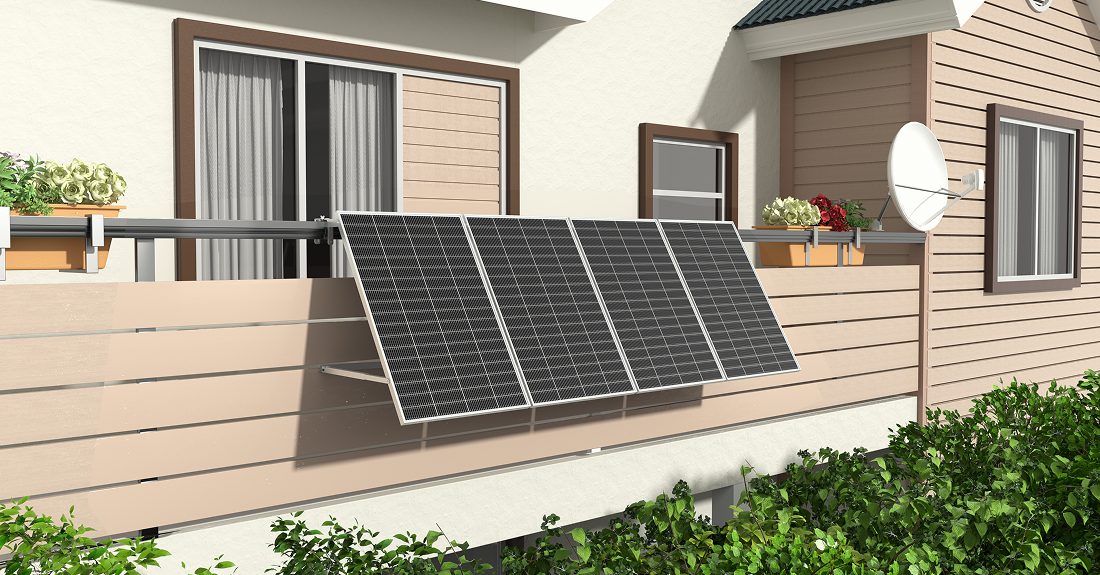
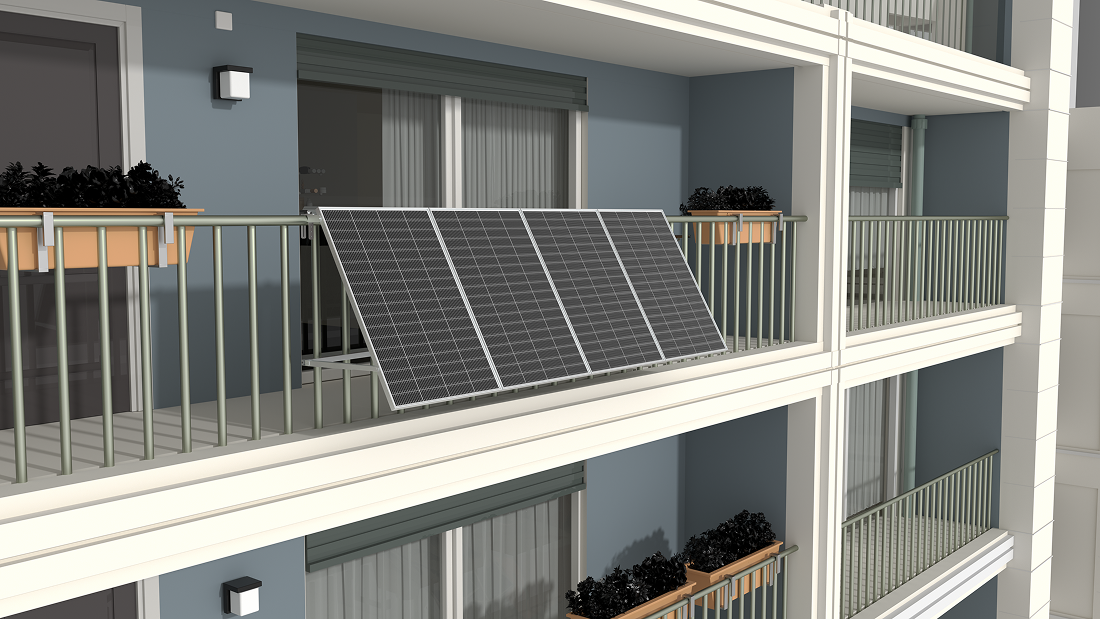
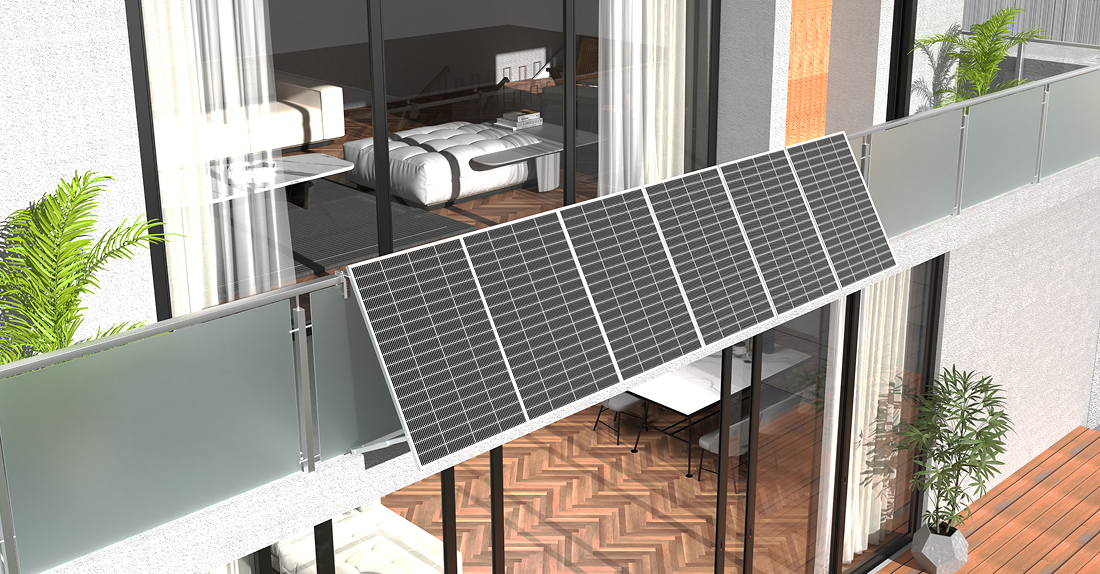
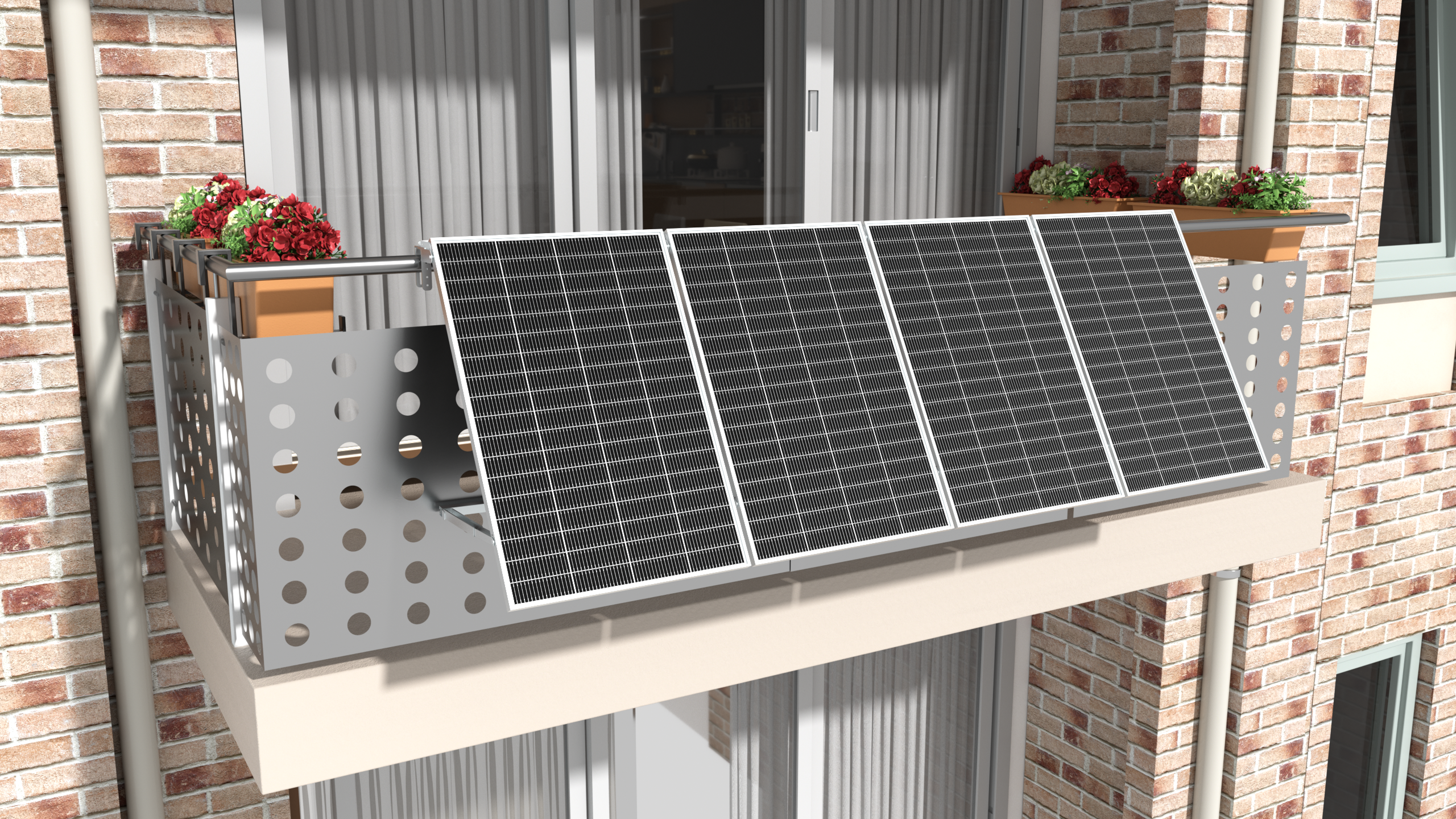
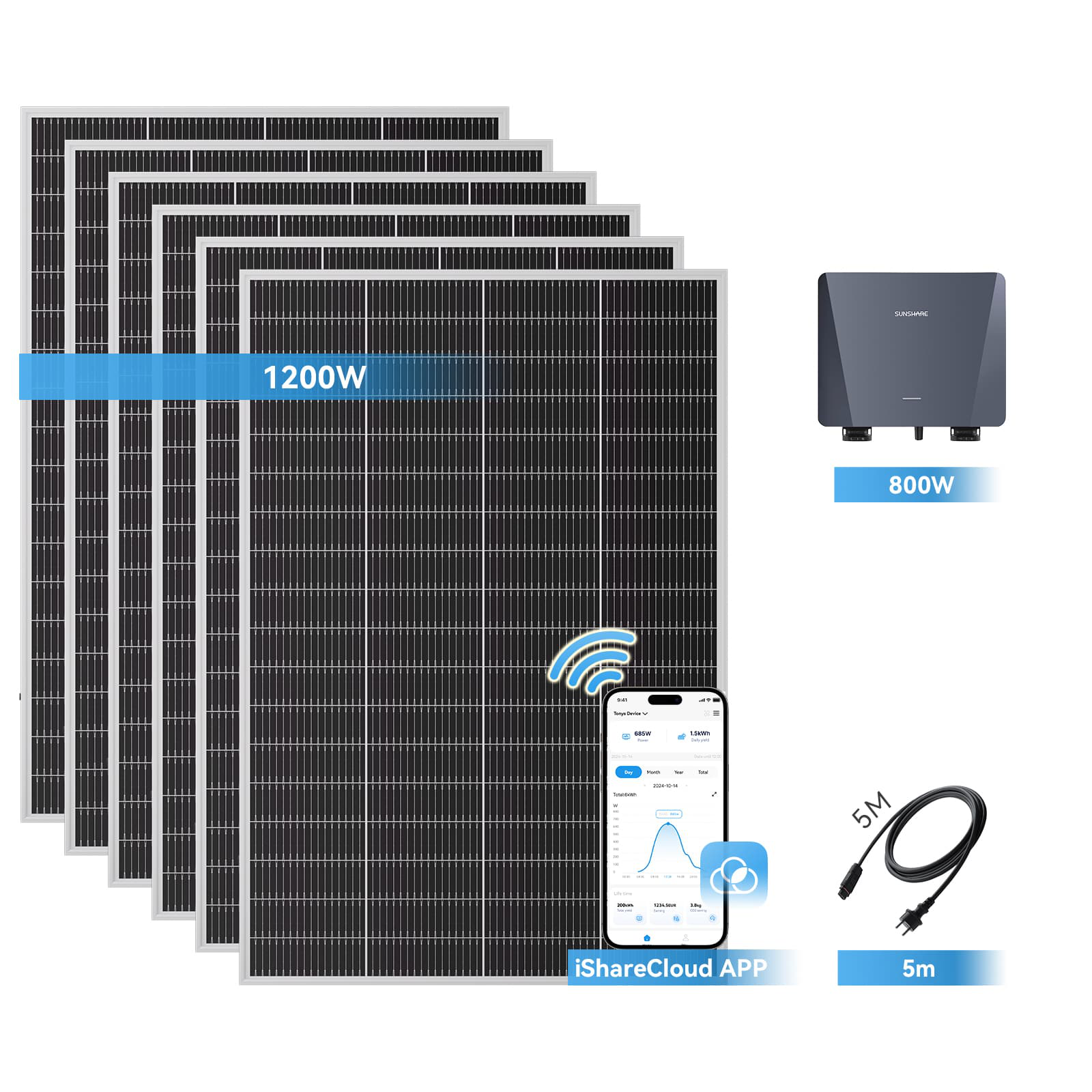
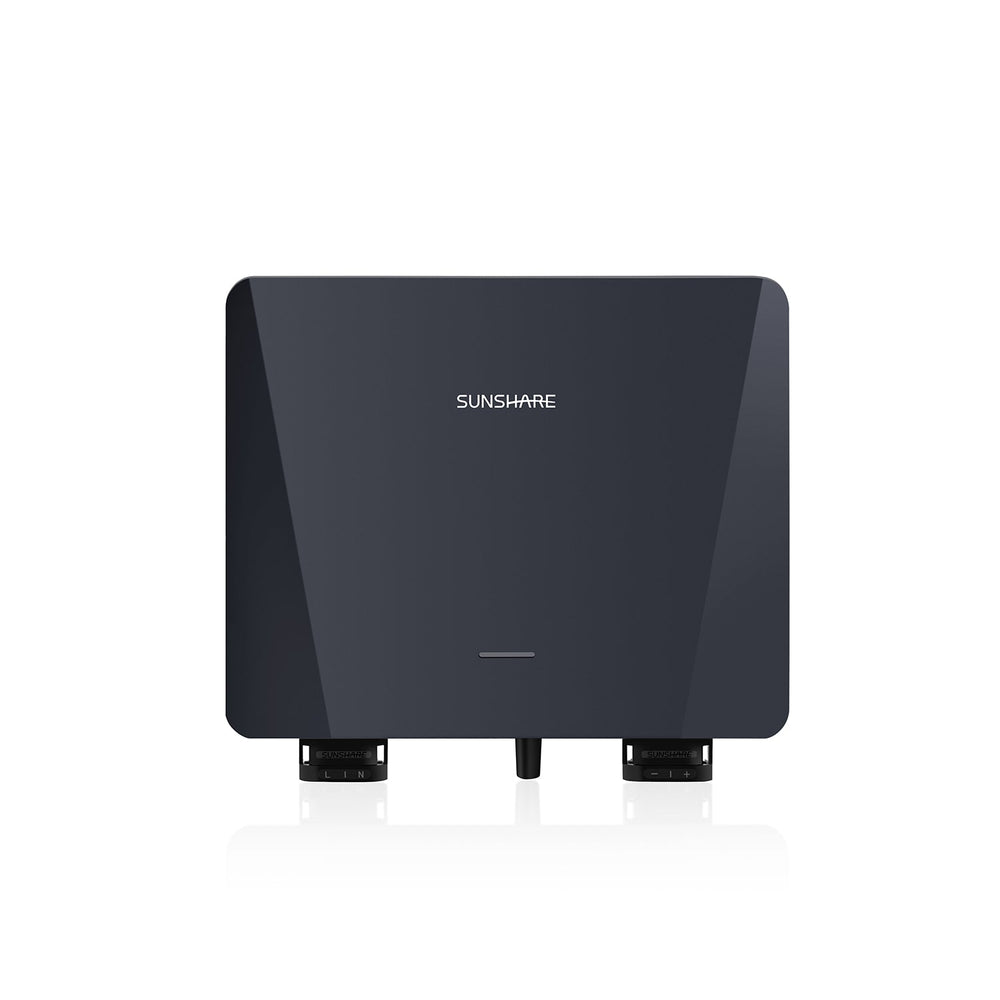
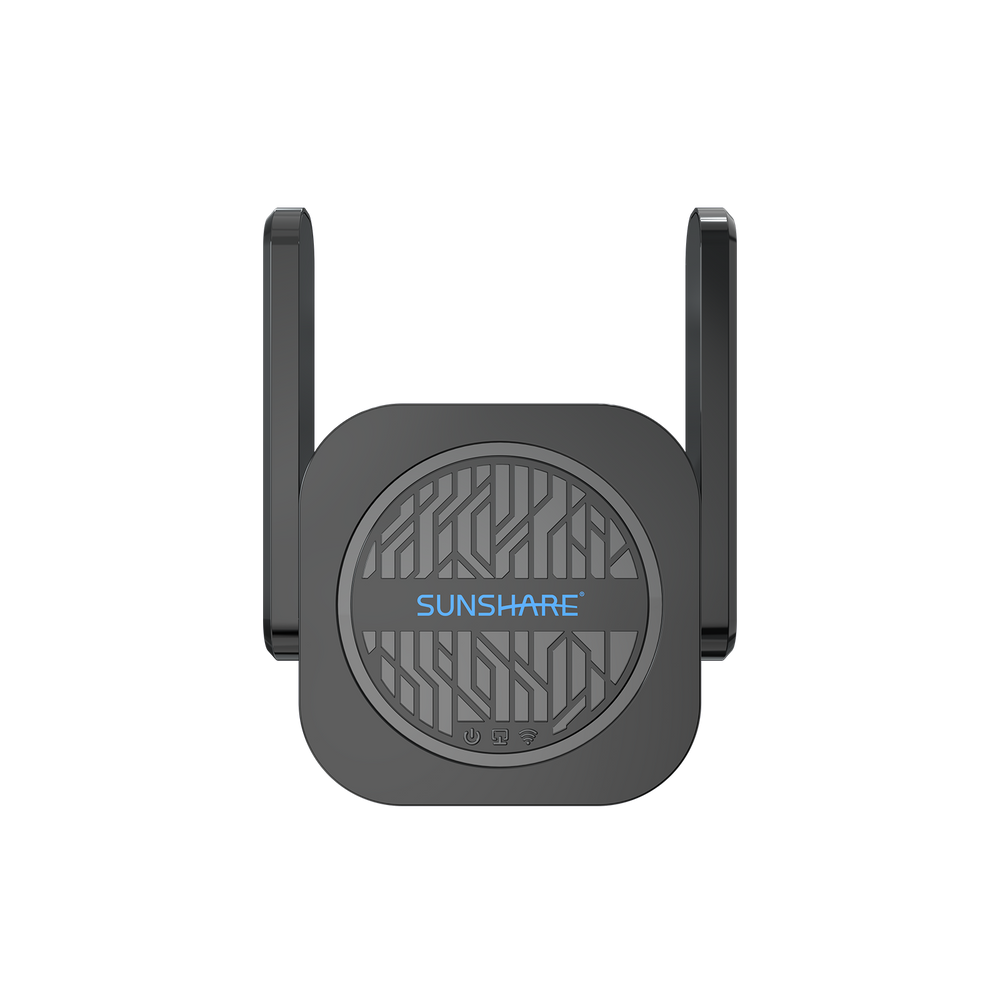
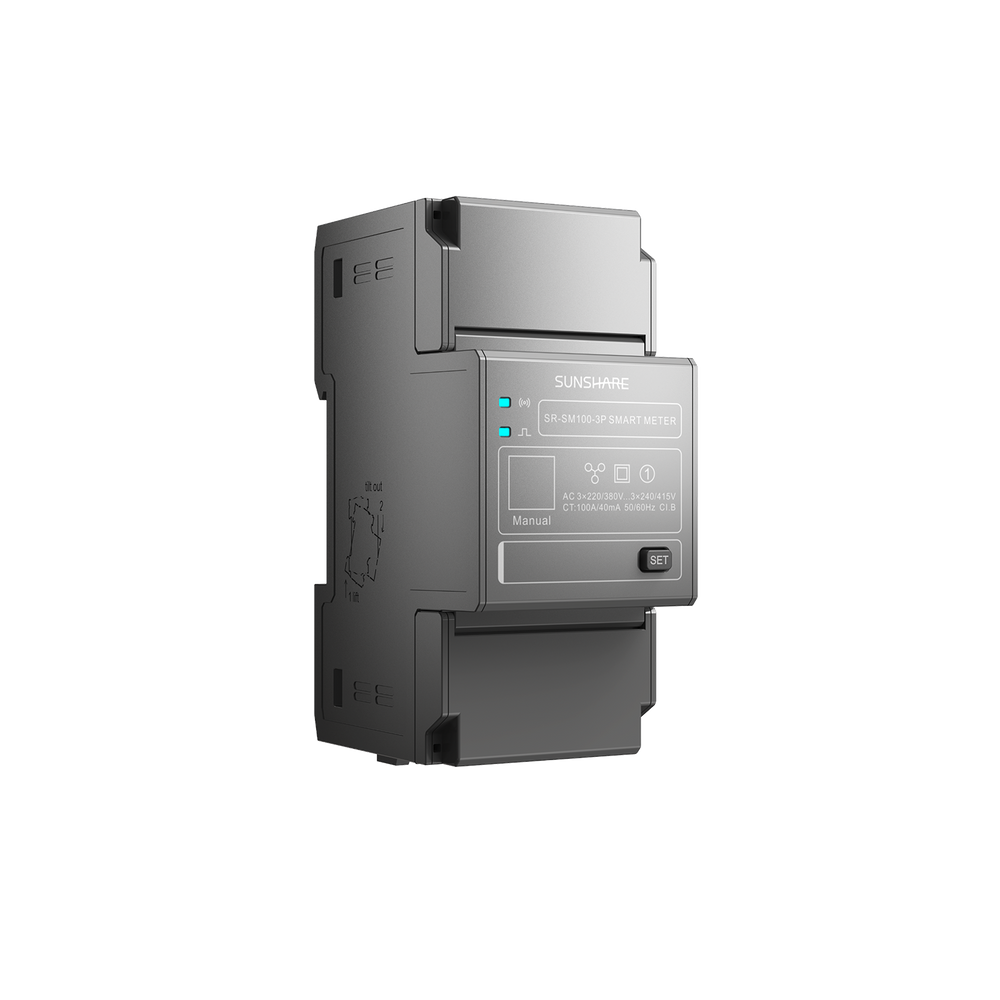
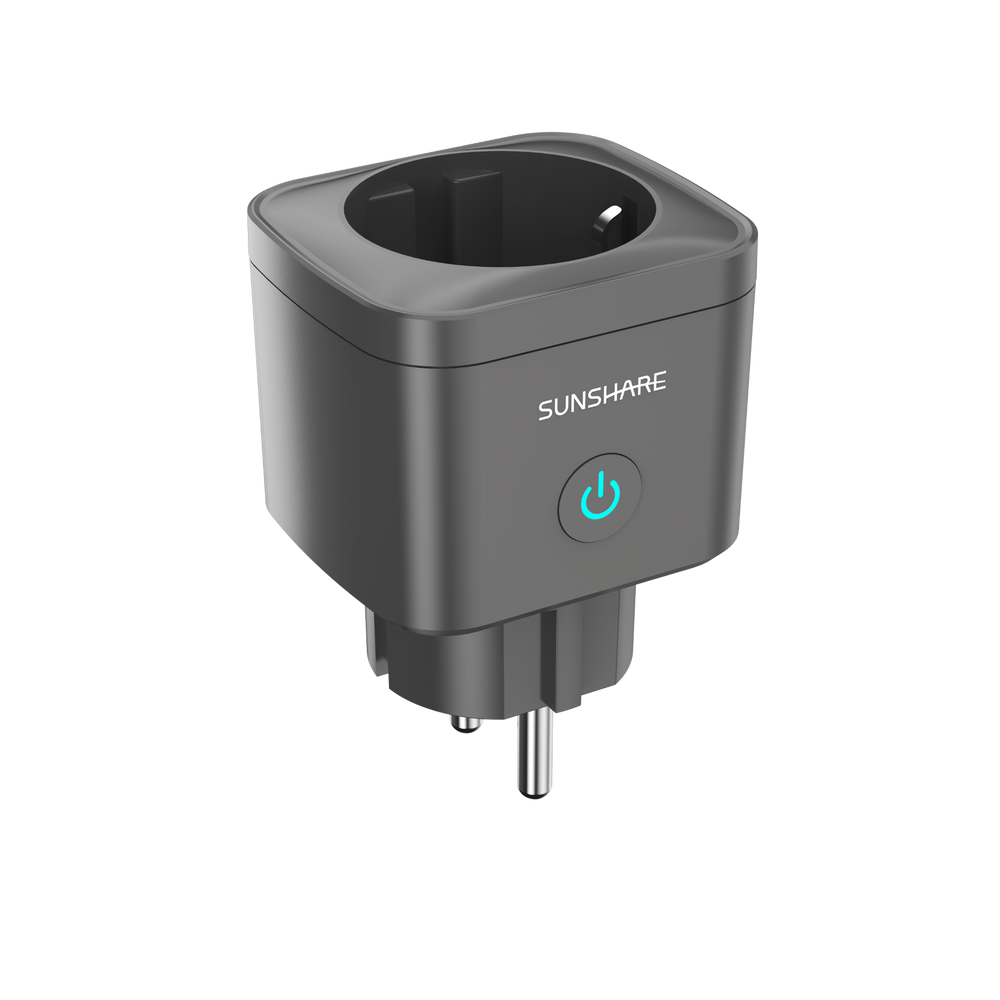
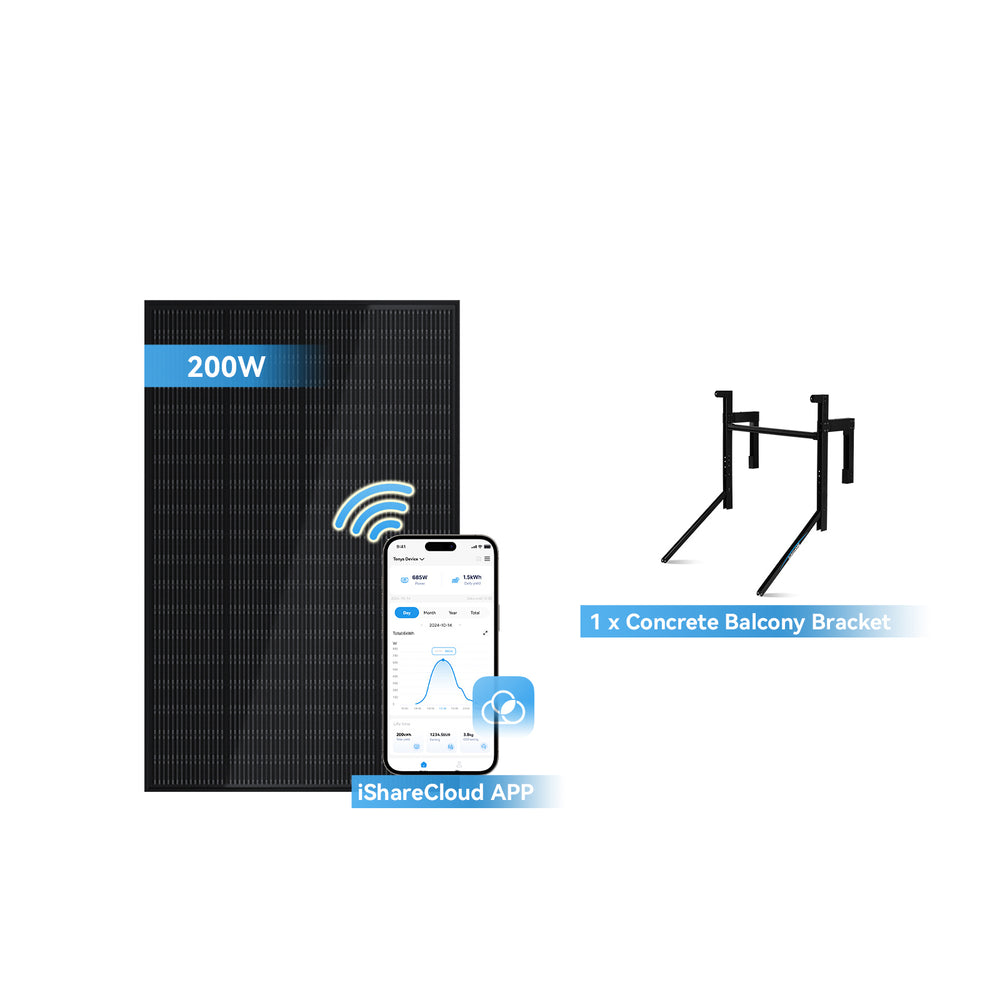
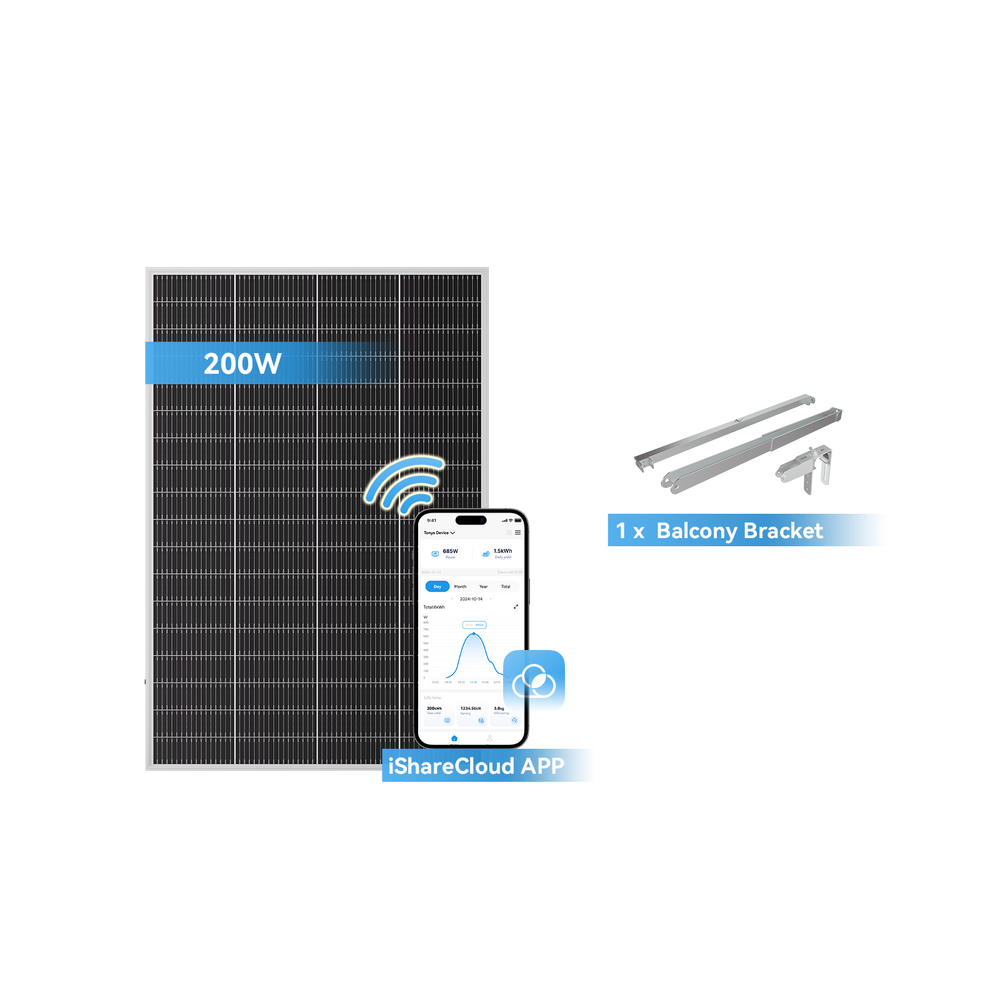
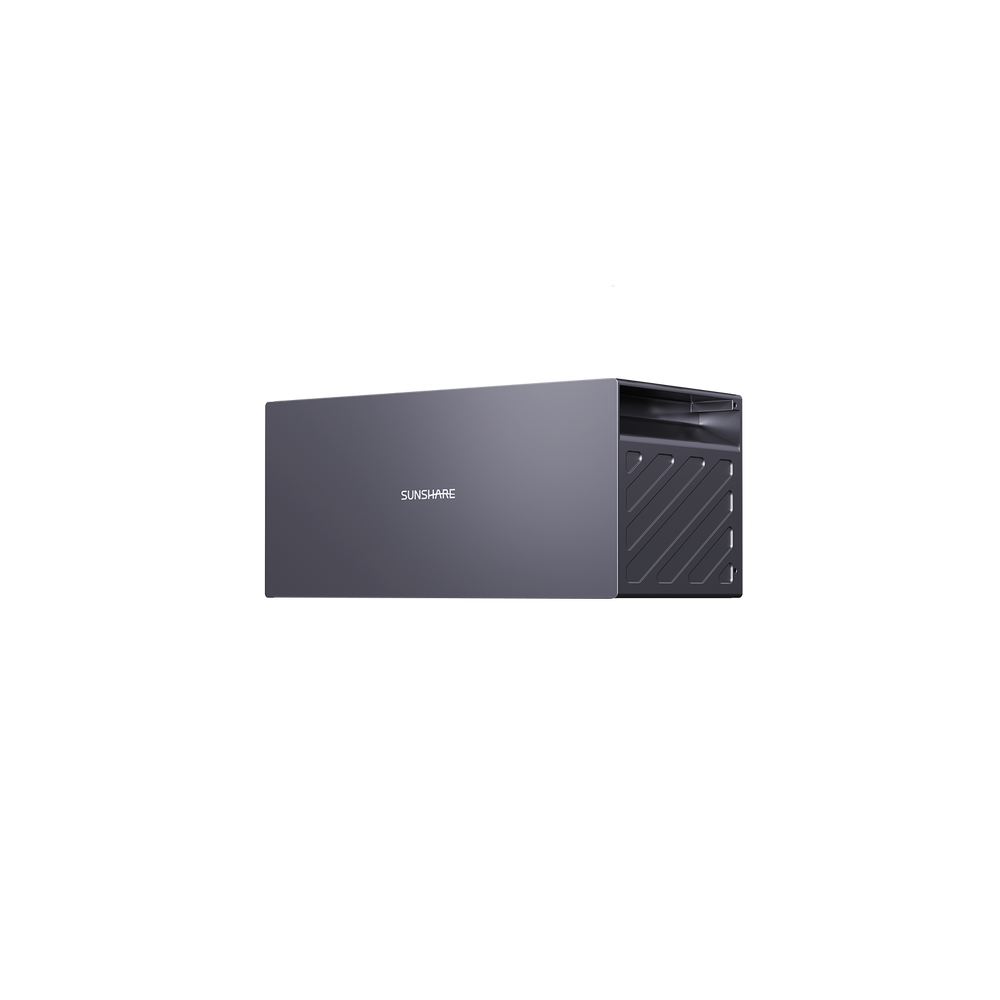
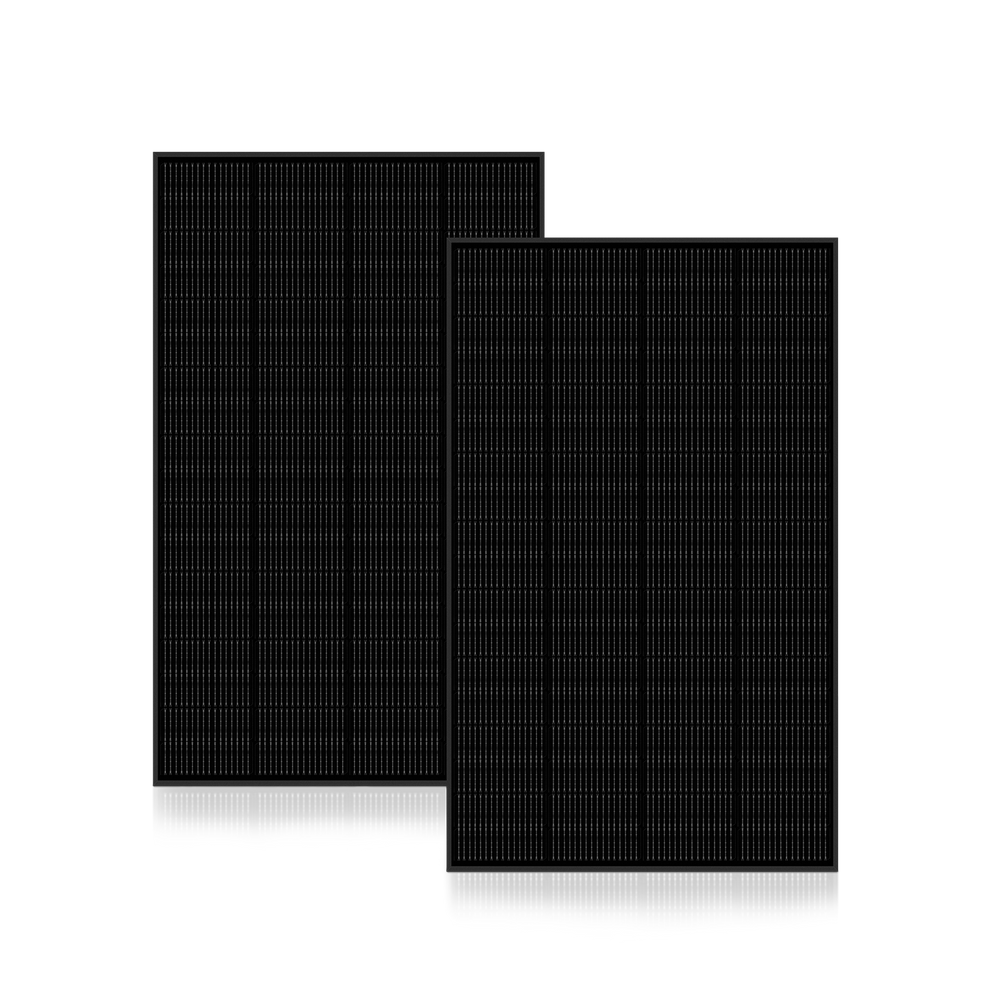
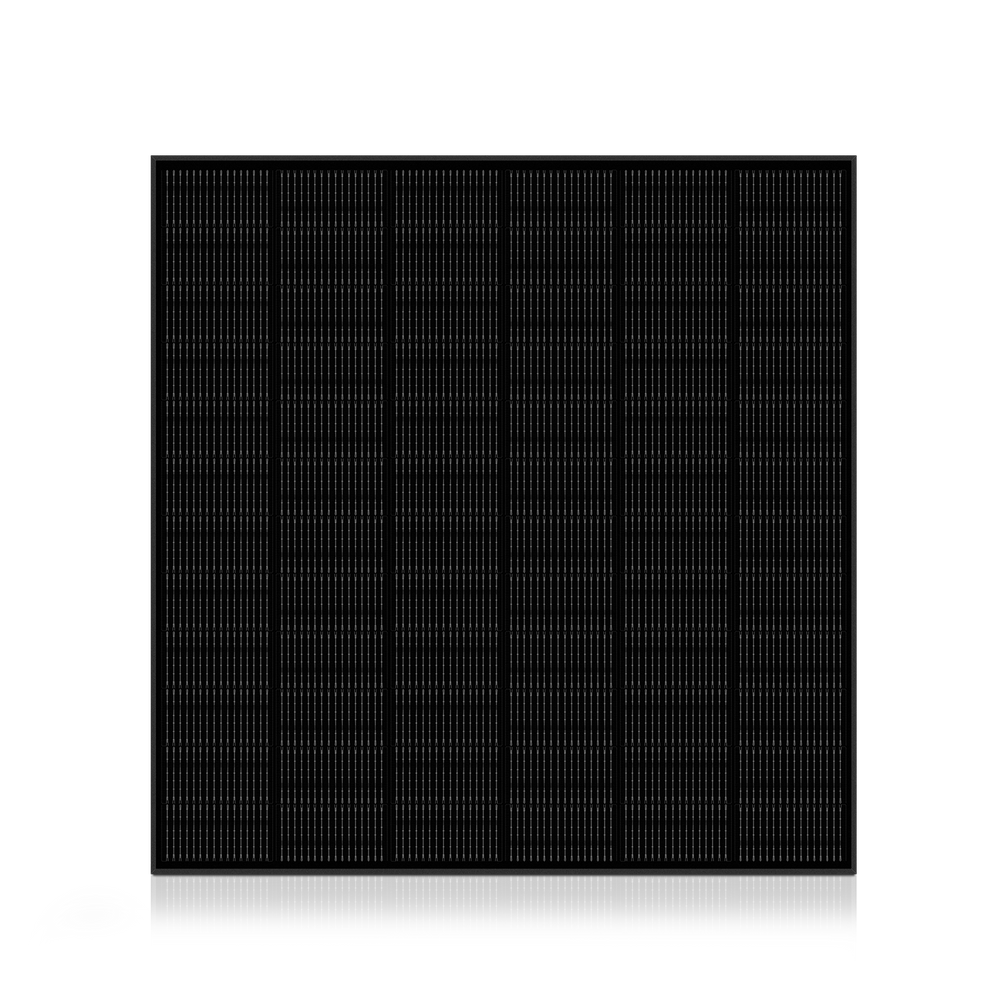
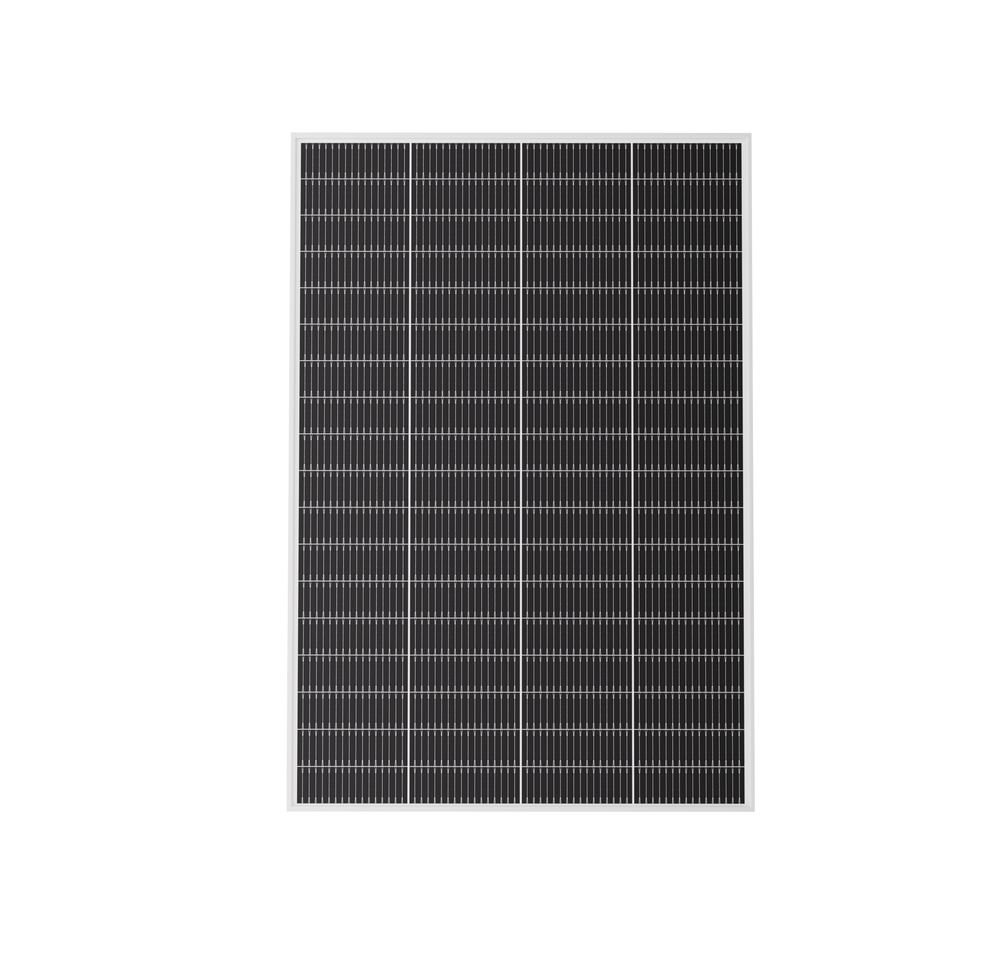
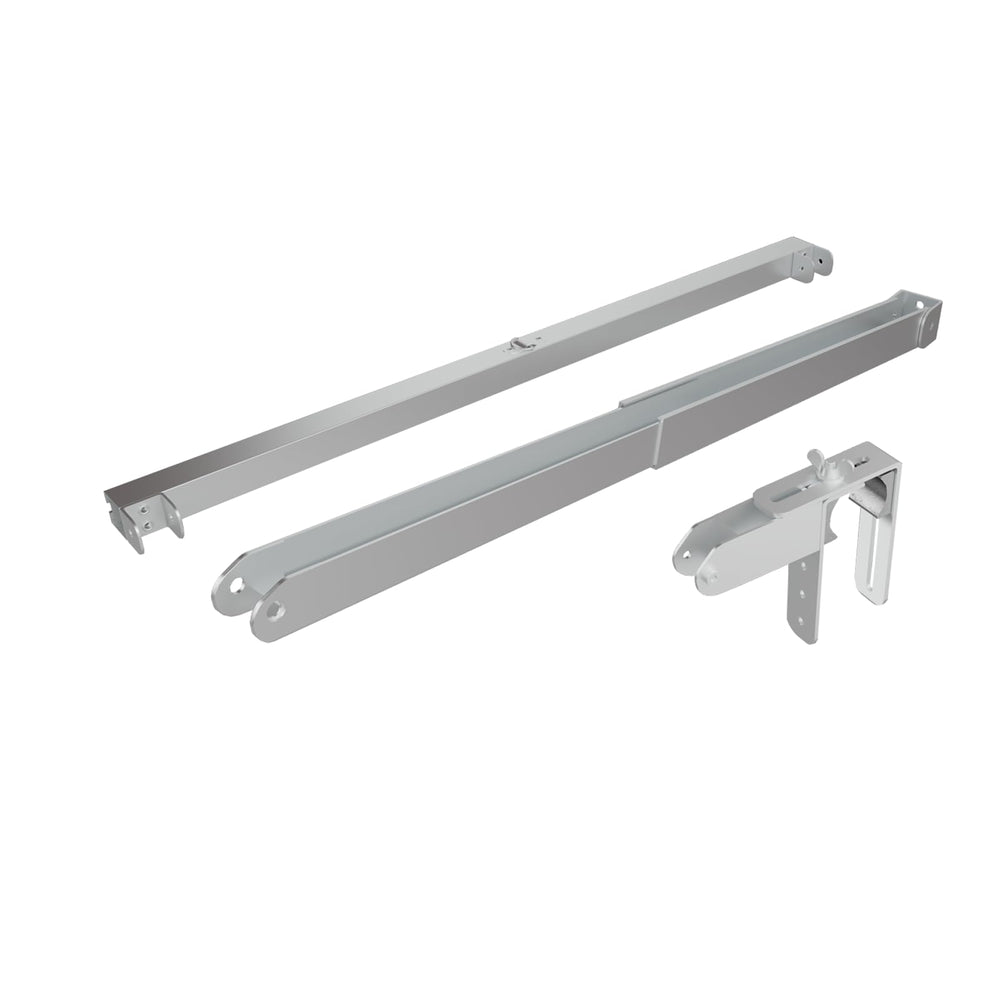
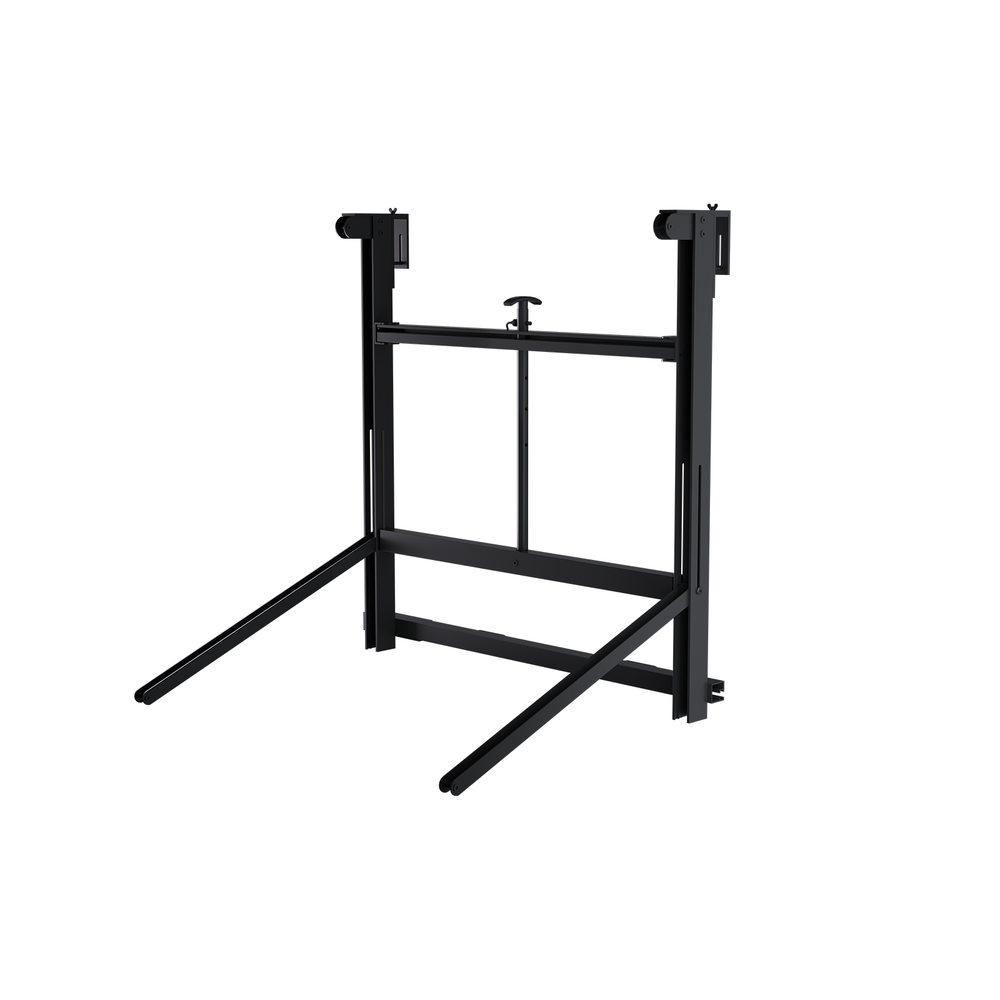
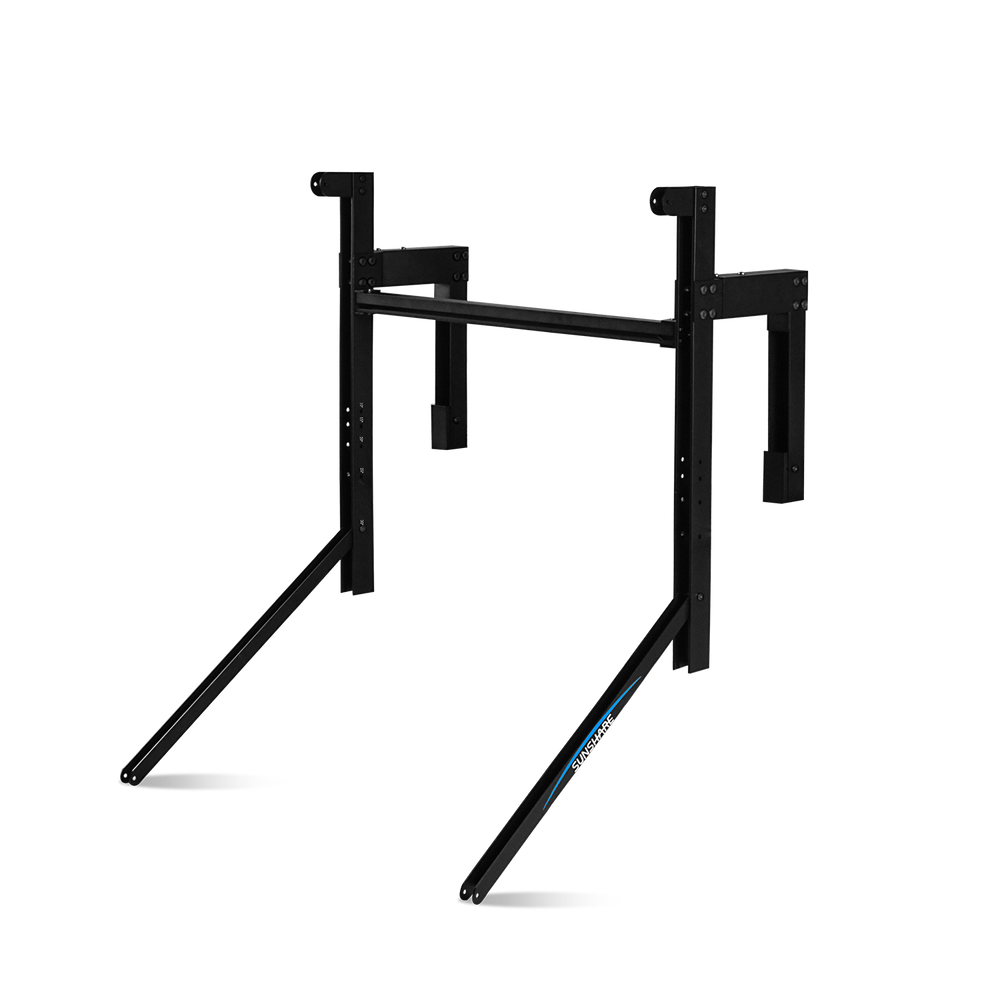
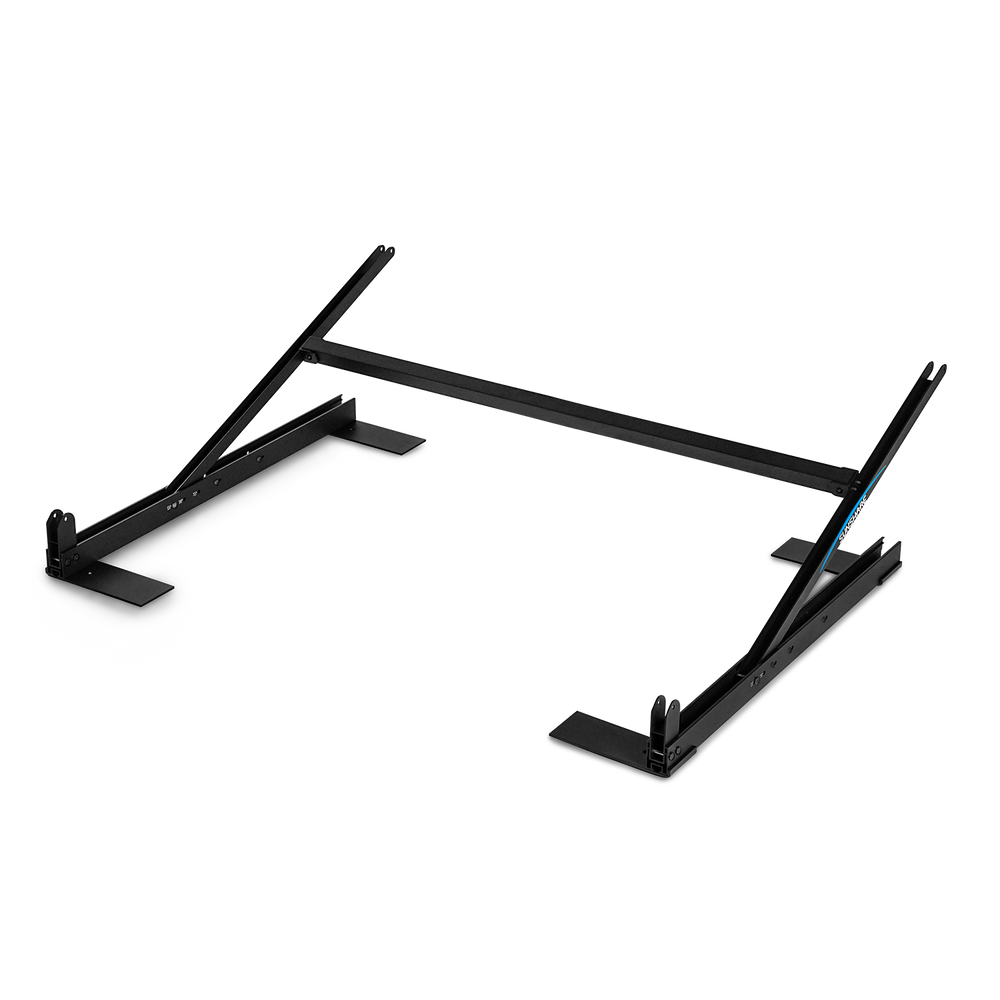
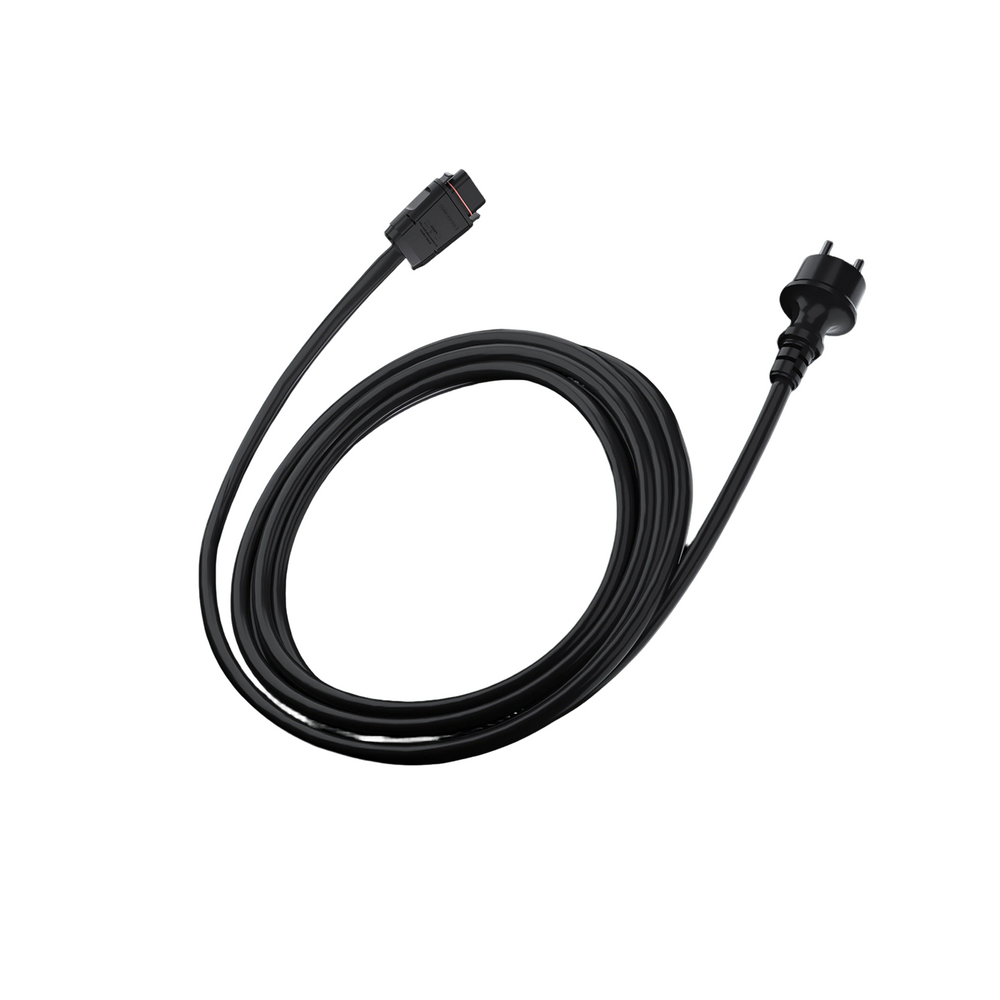
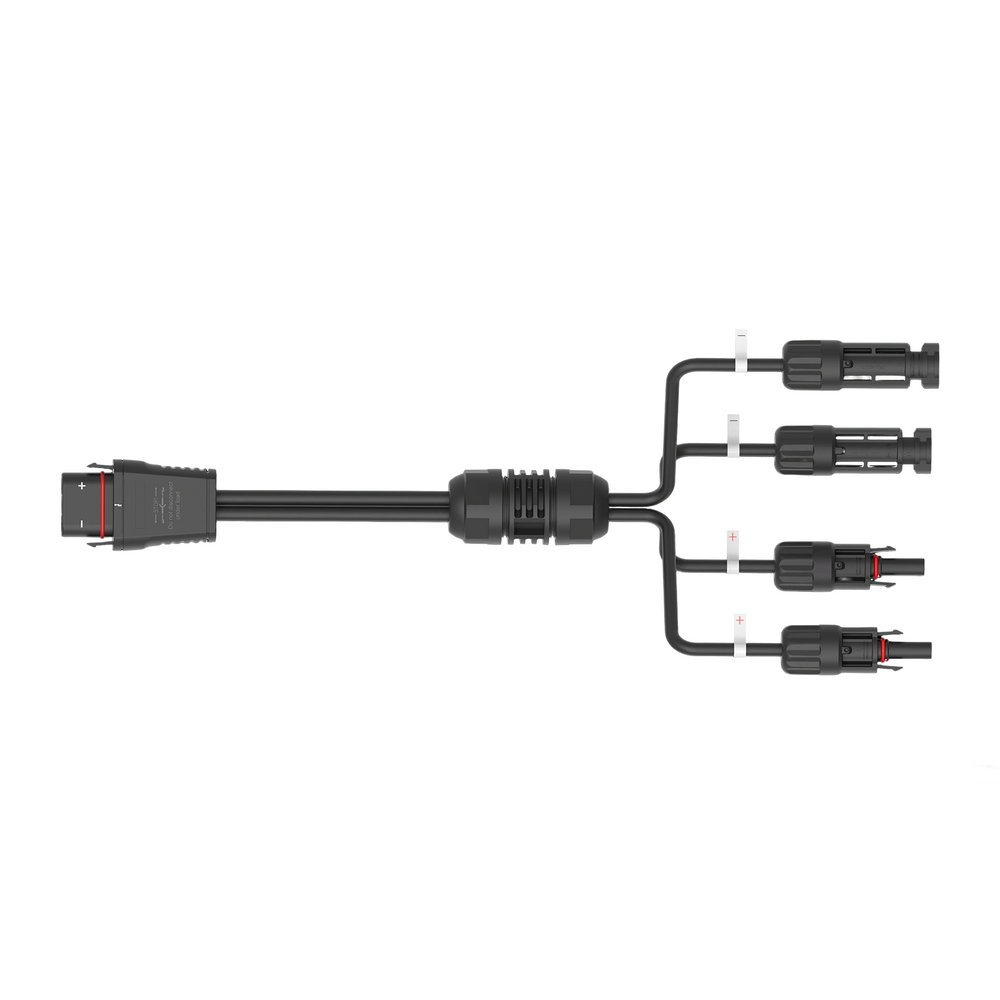
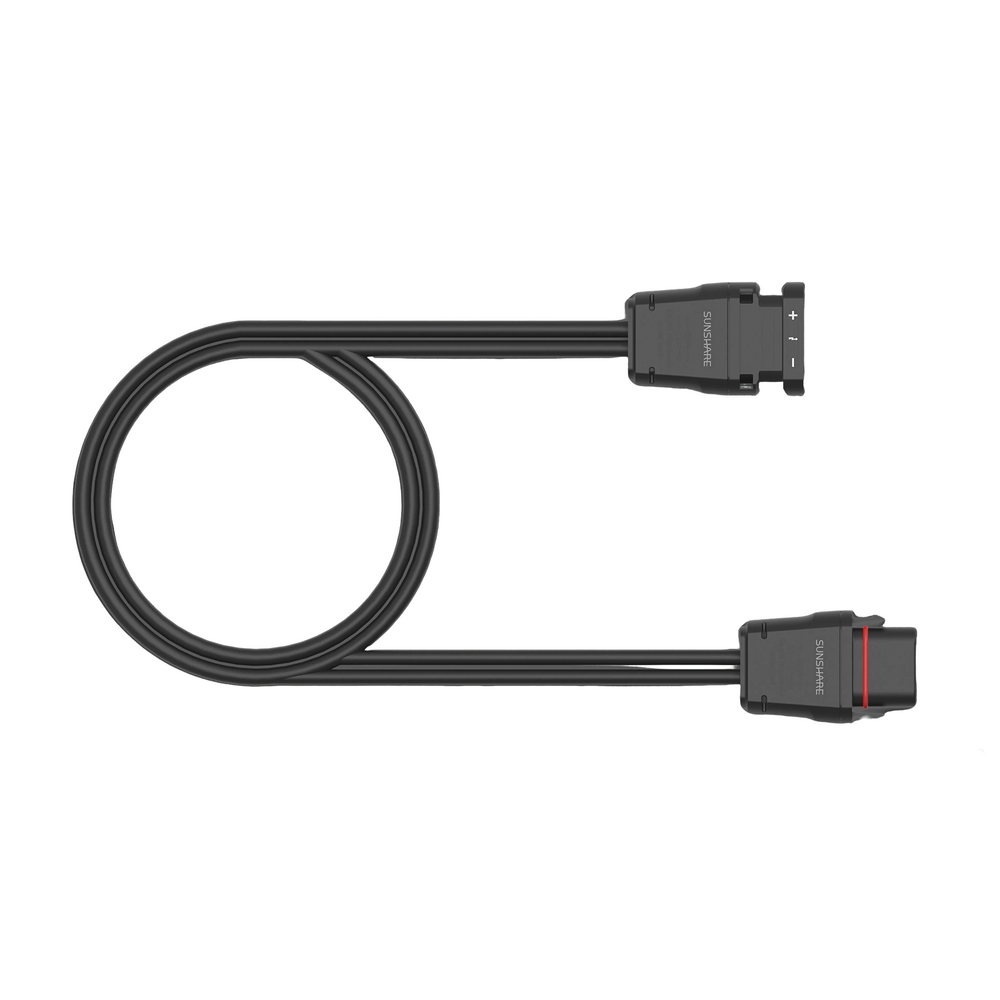

![Was brauche ich für ein Balkonkraftwerk mit Speicher [Komplett-Guide]](http://de.sunsharetek.com/cdn/shop/articles/Was_brauche_ich_fur_ein_Balkonkraftwerk_mit_Speicher_Komplett-Guide_2000x.jpg?v=1756977733)

